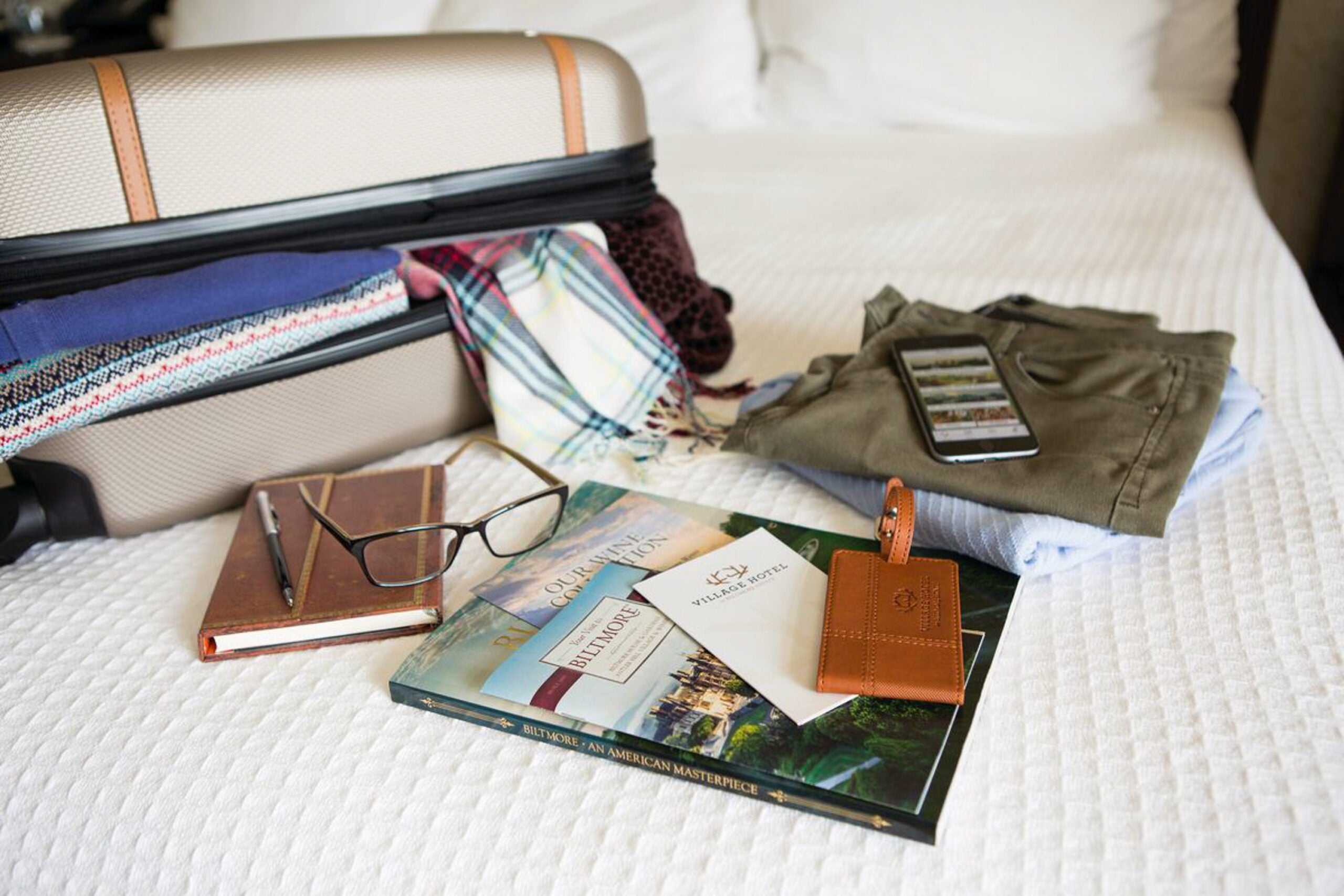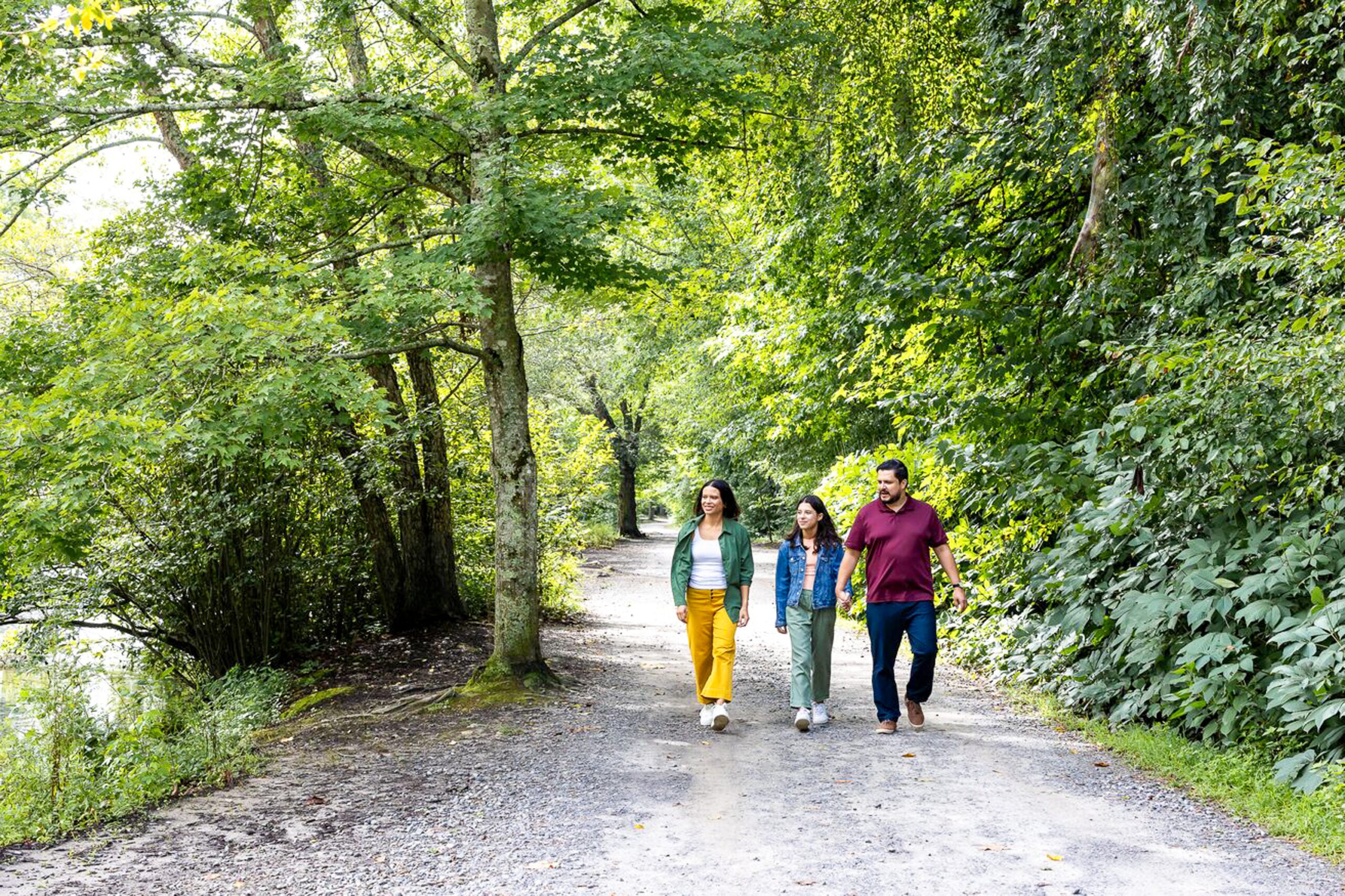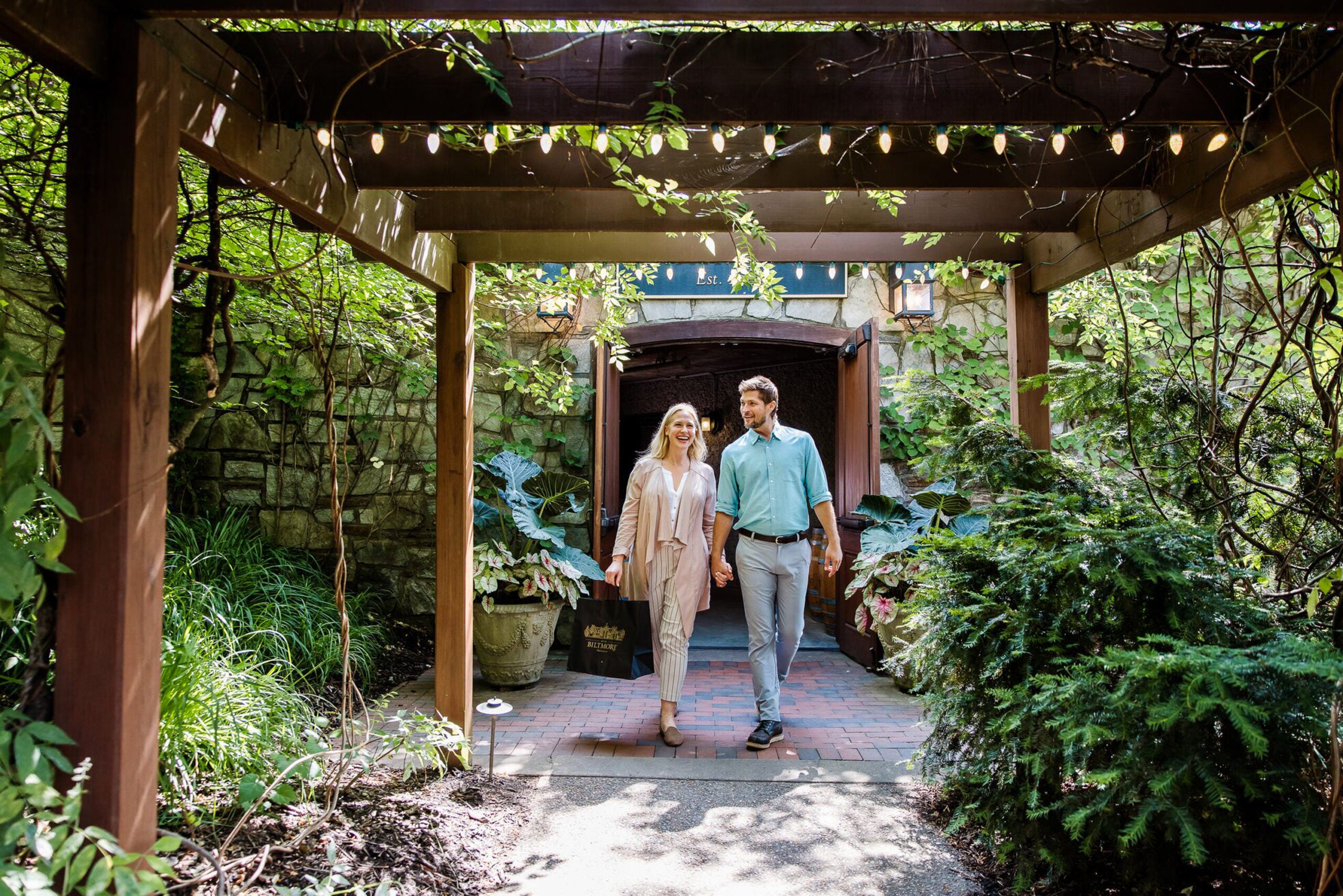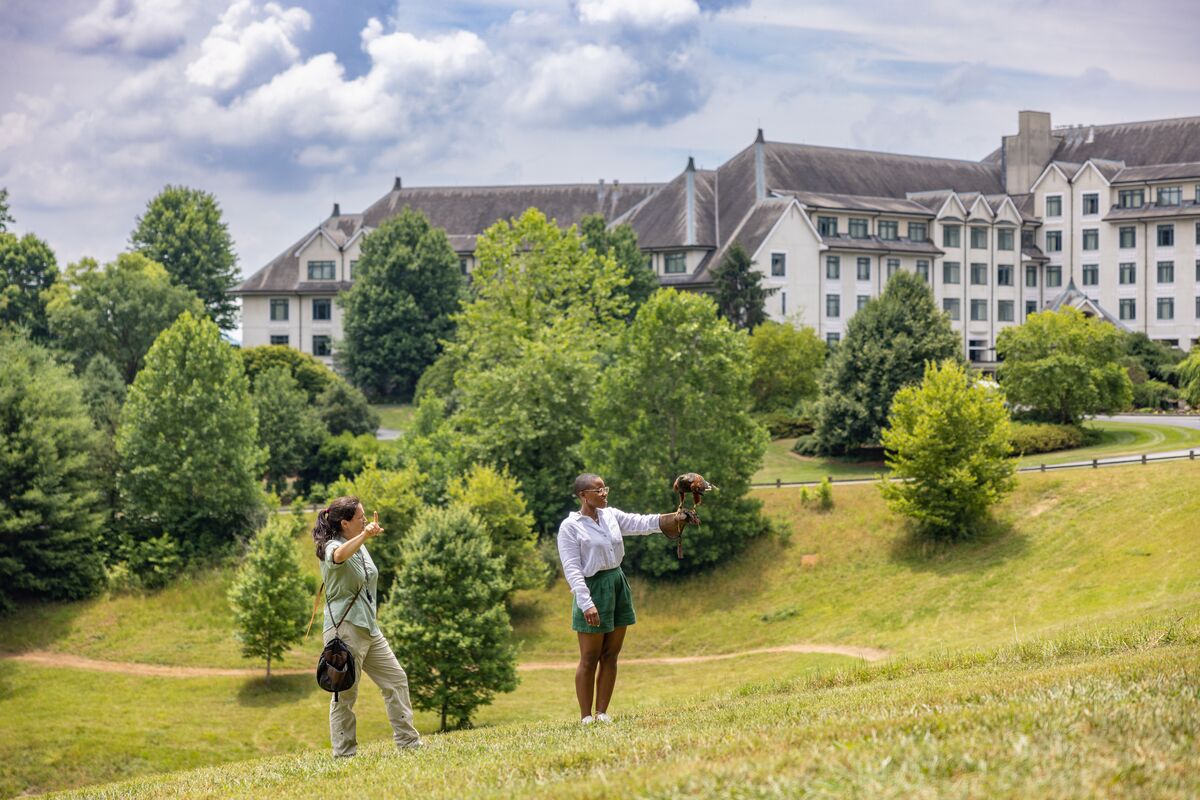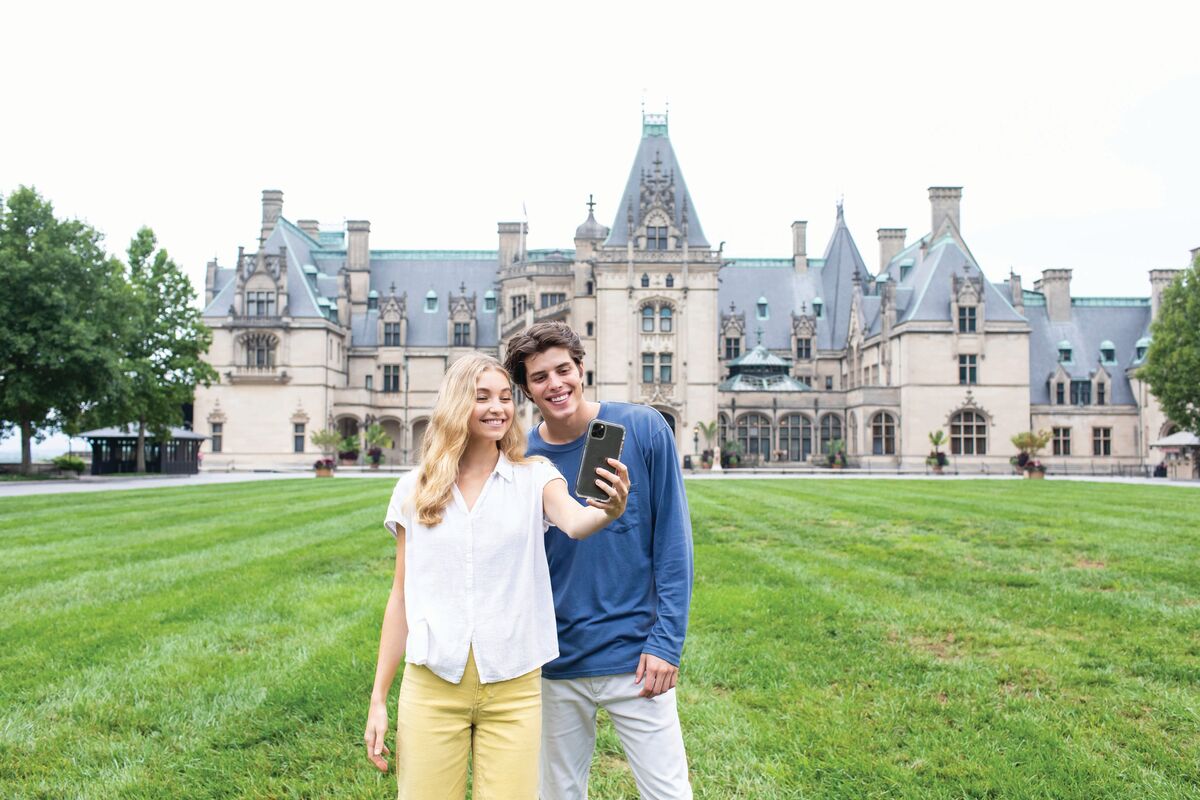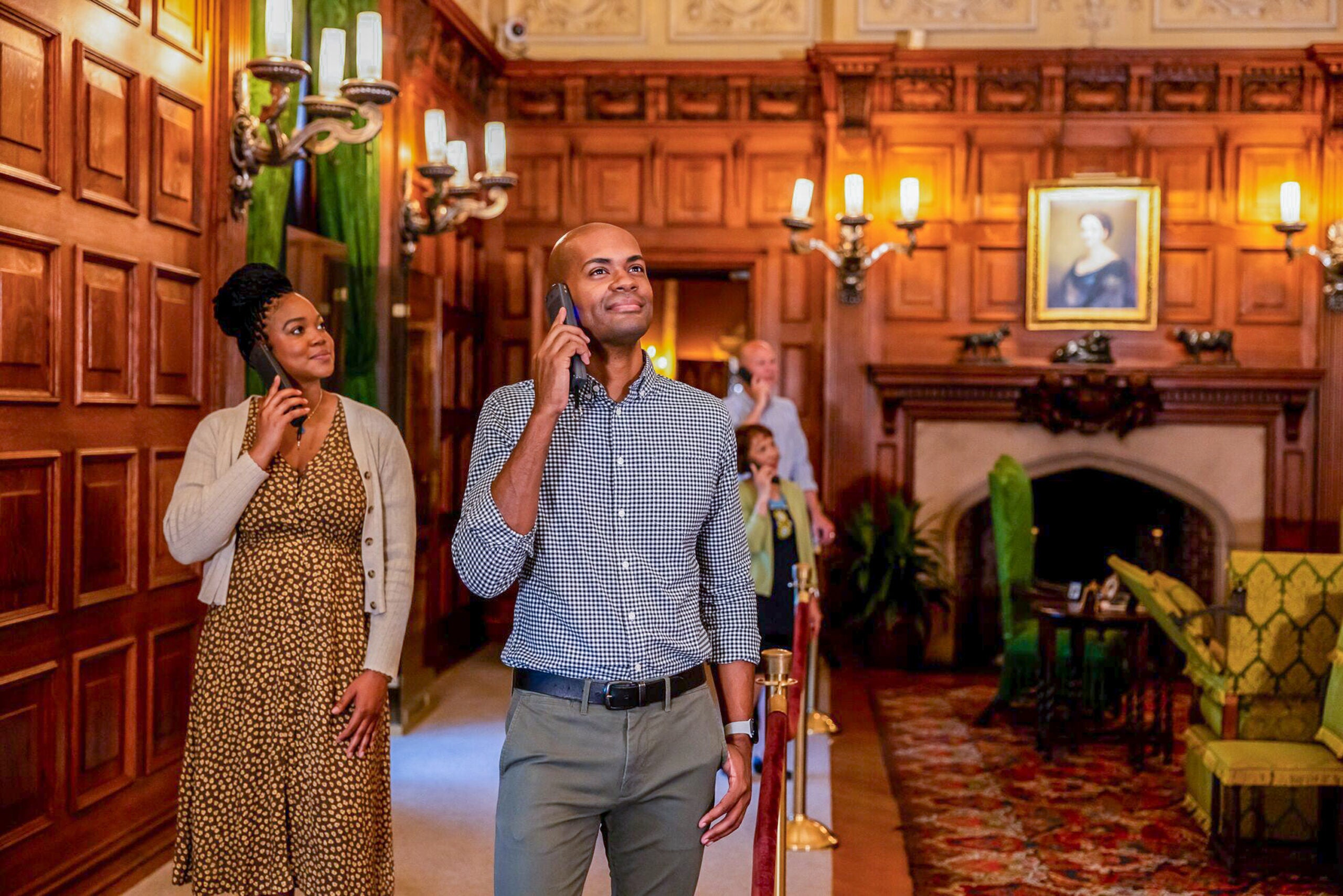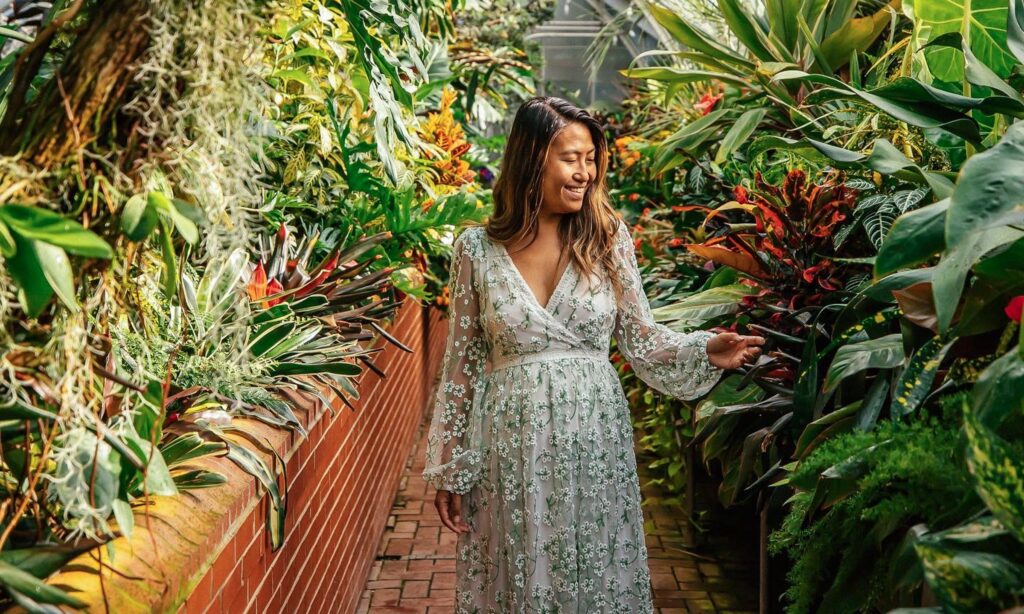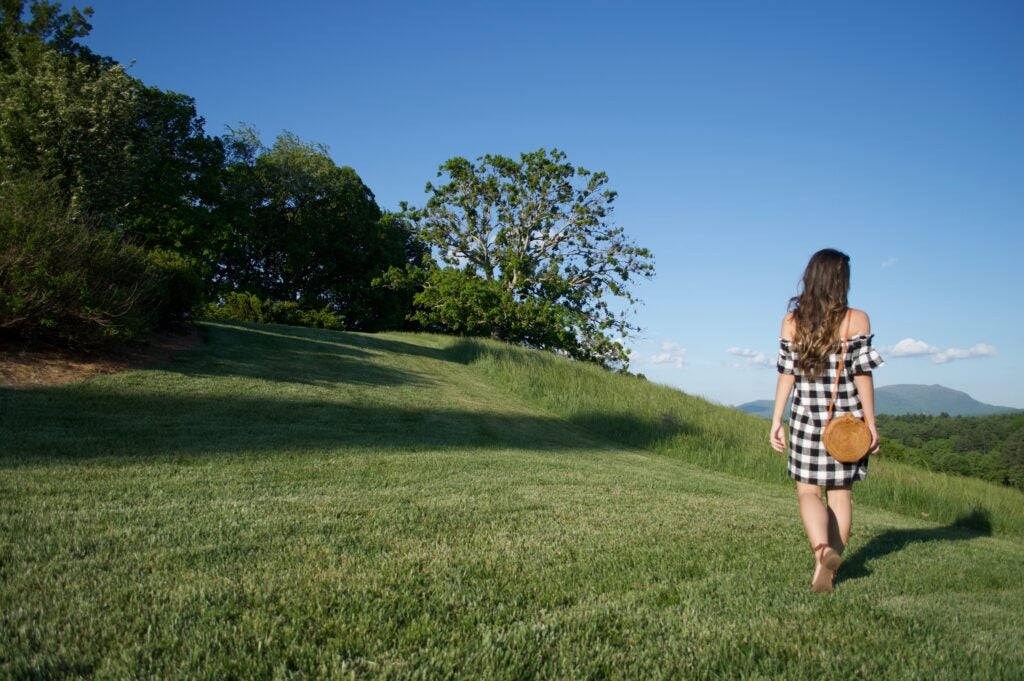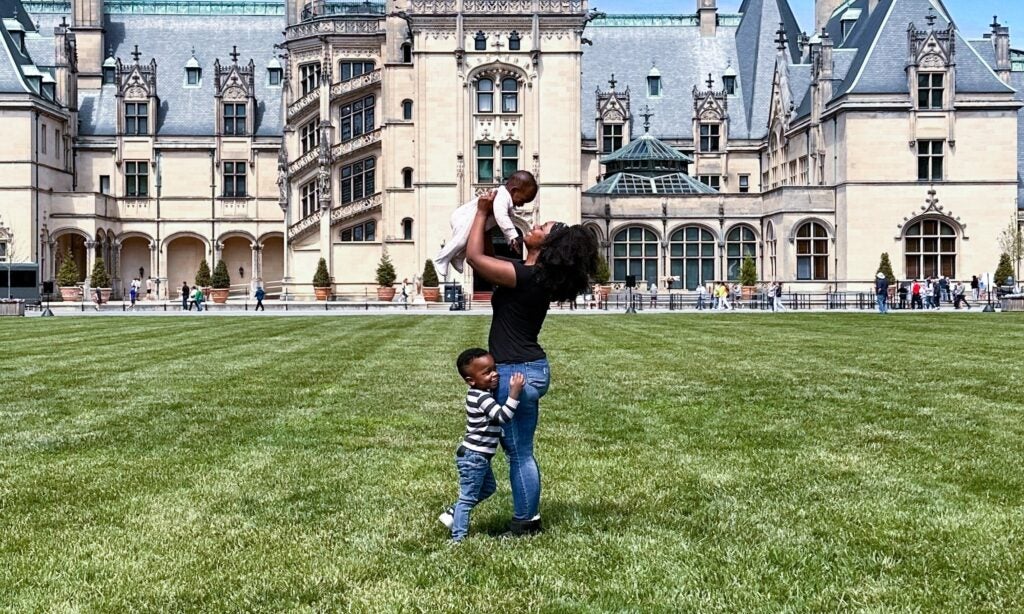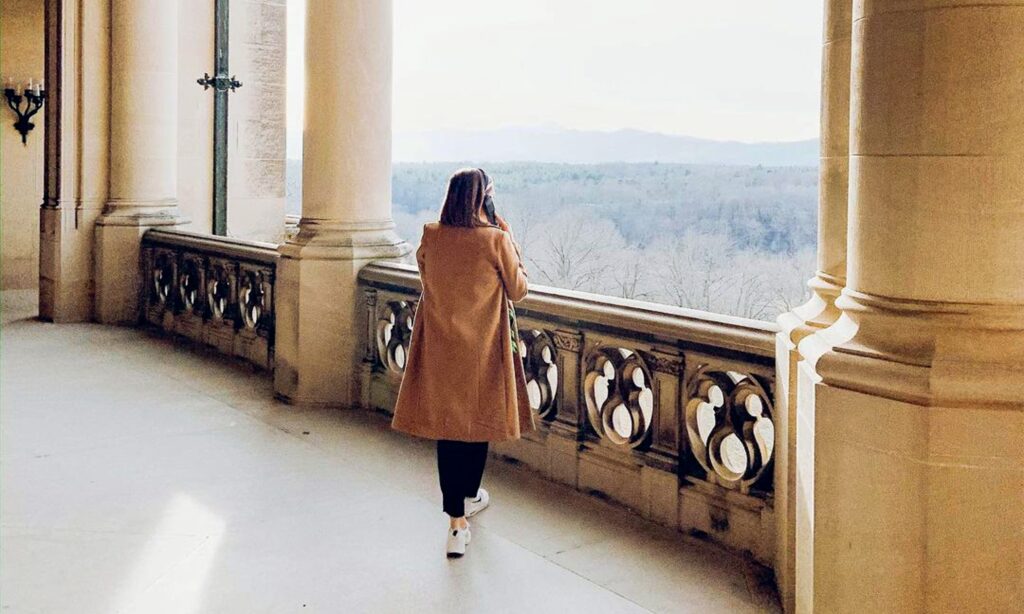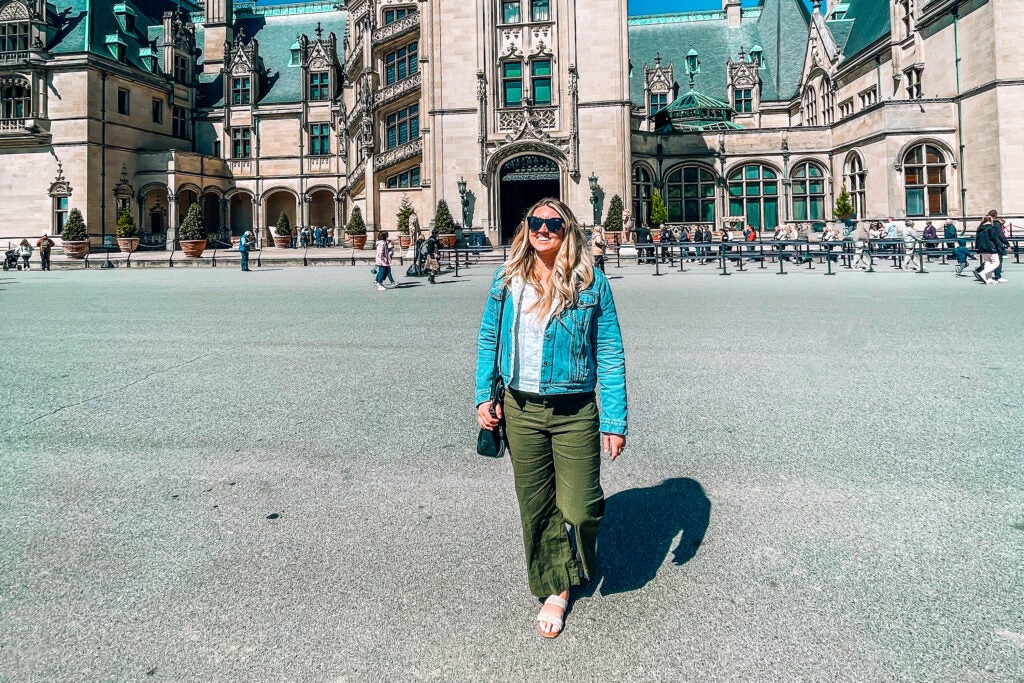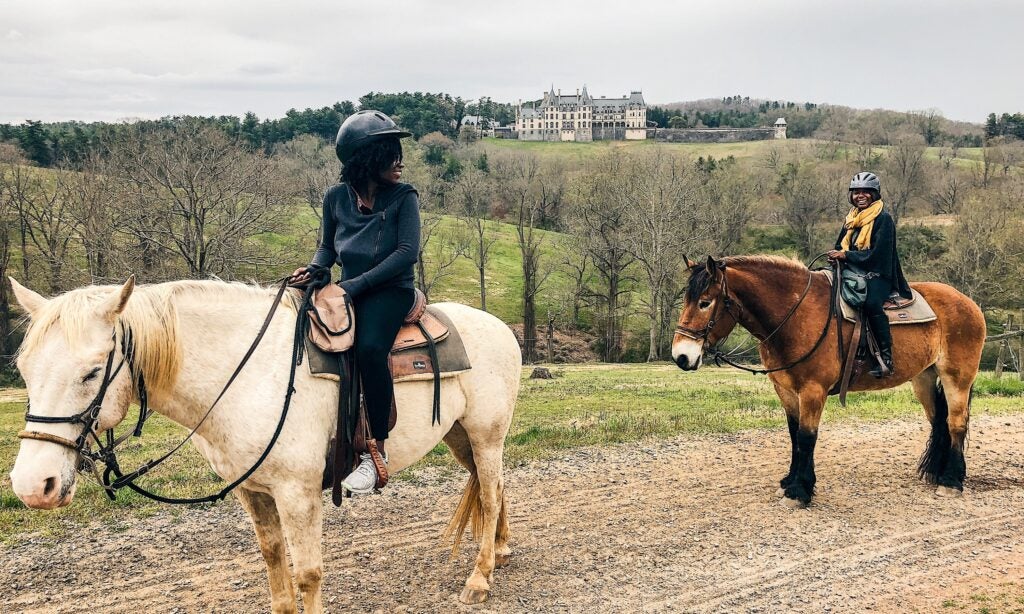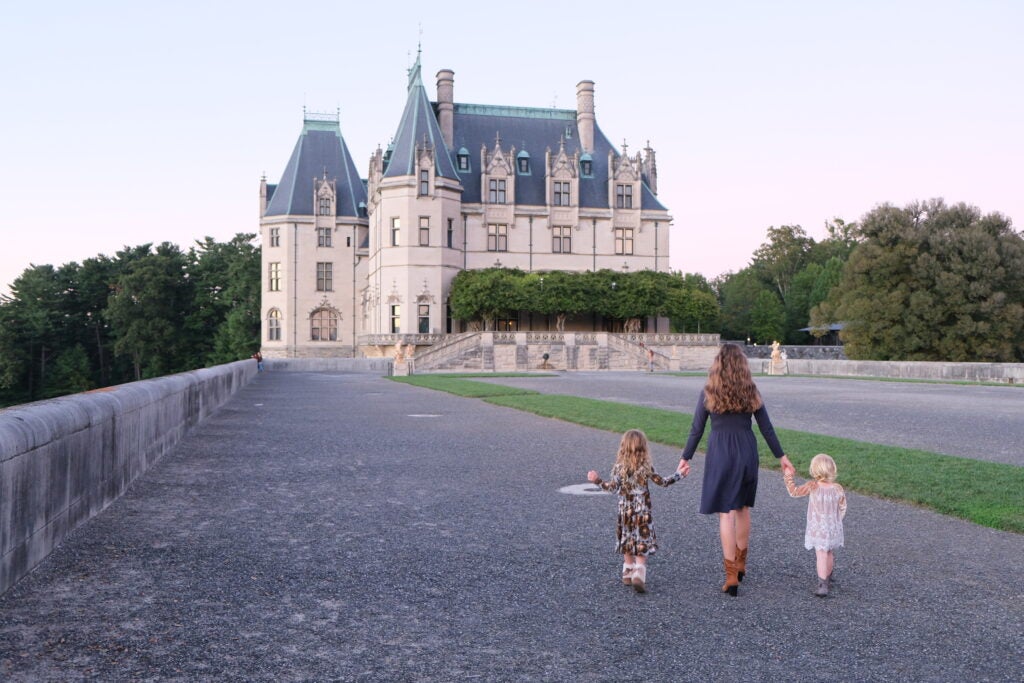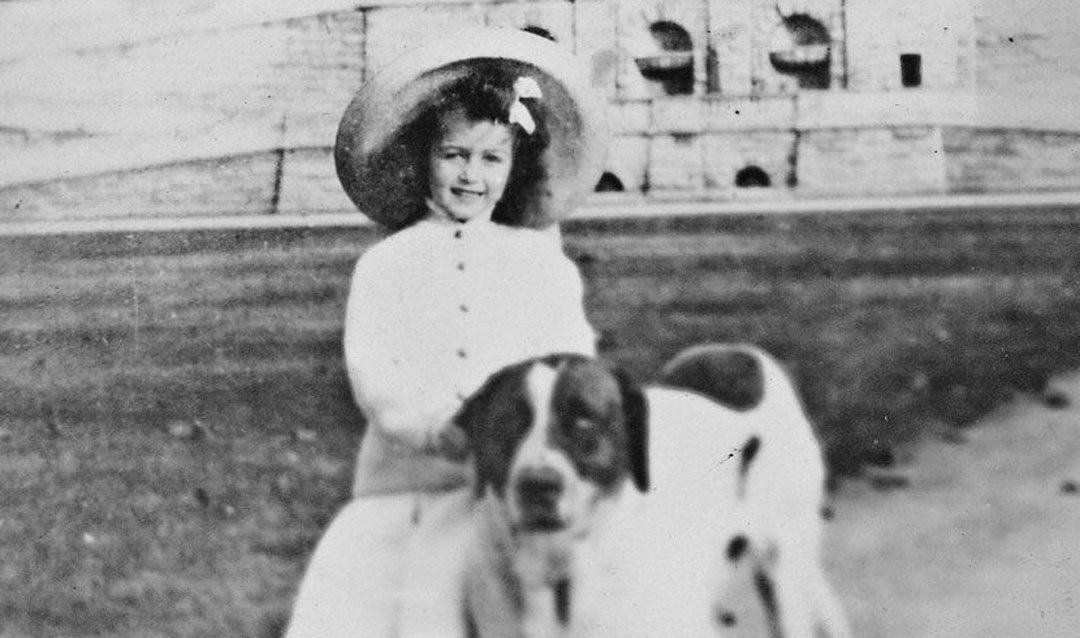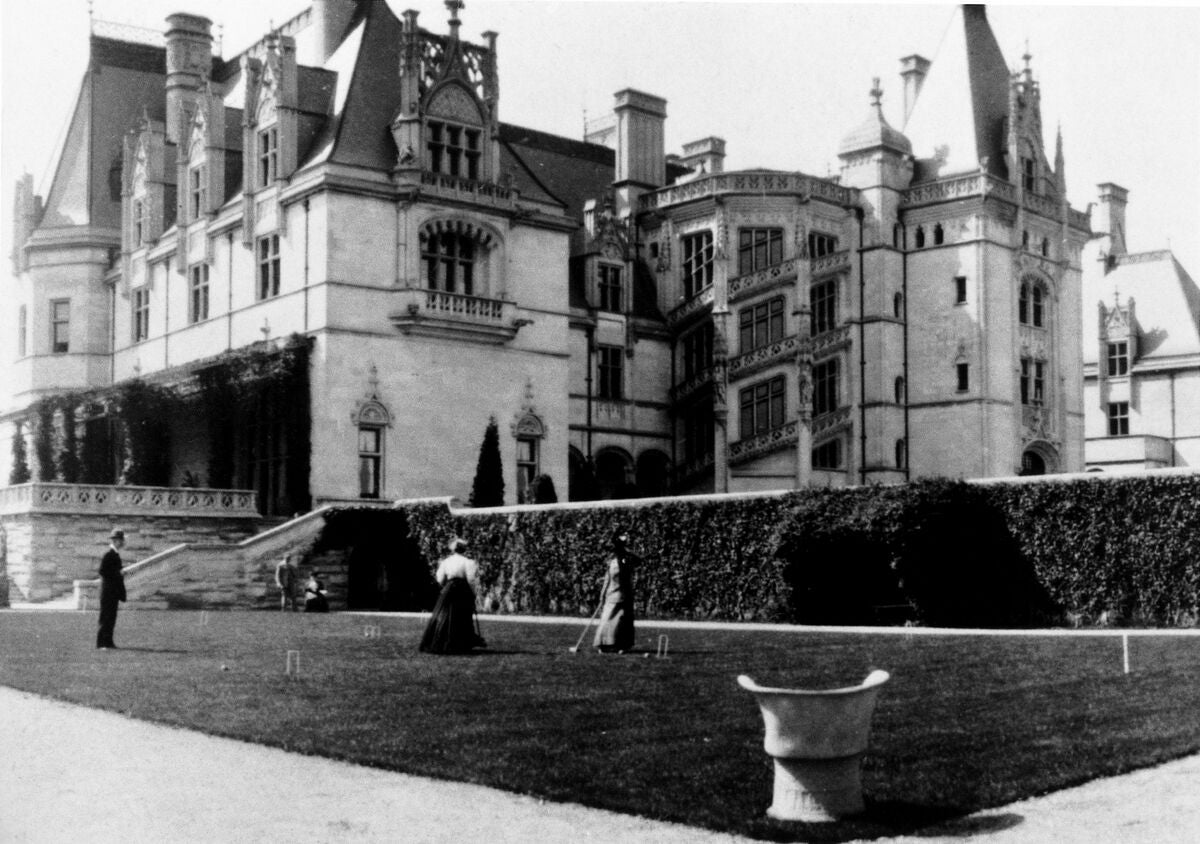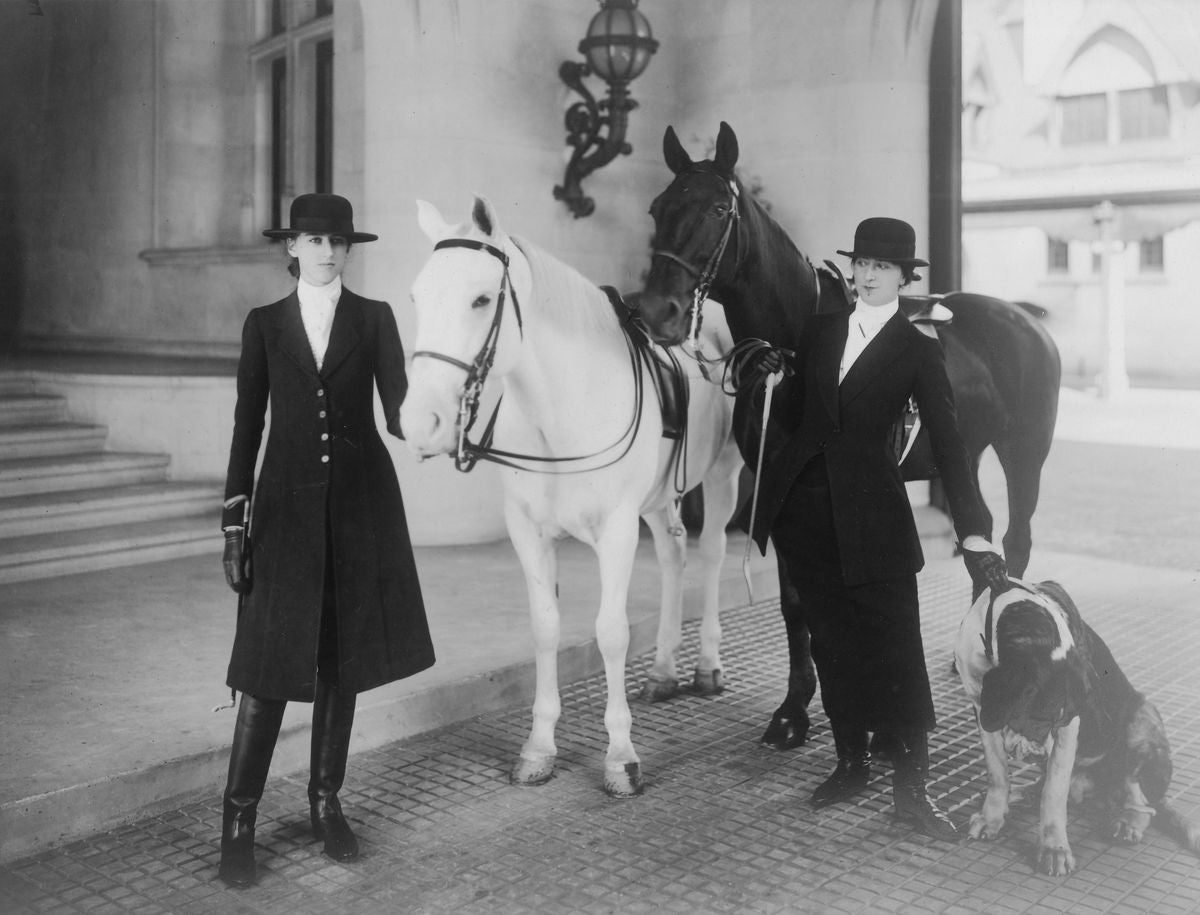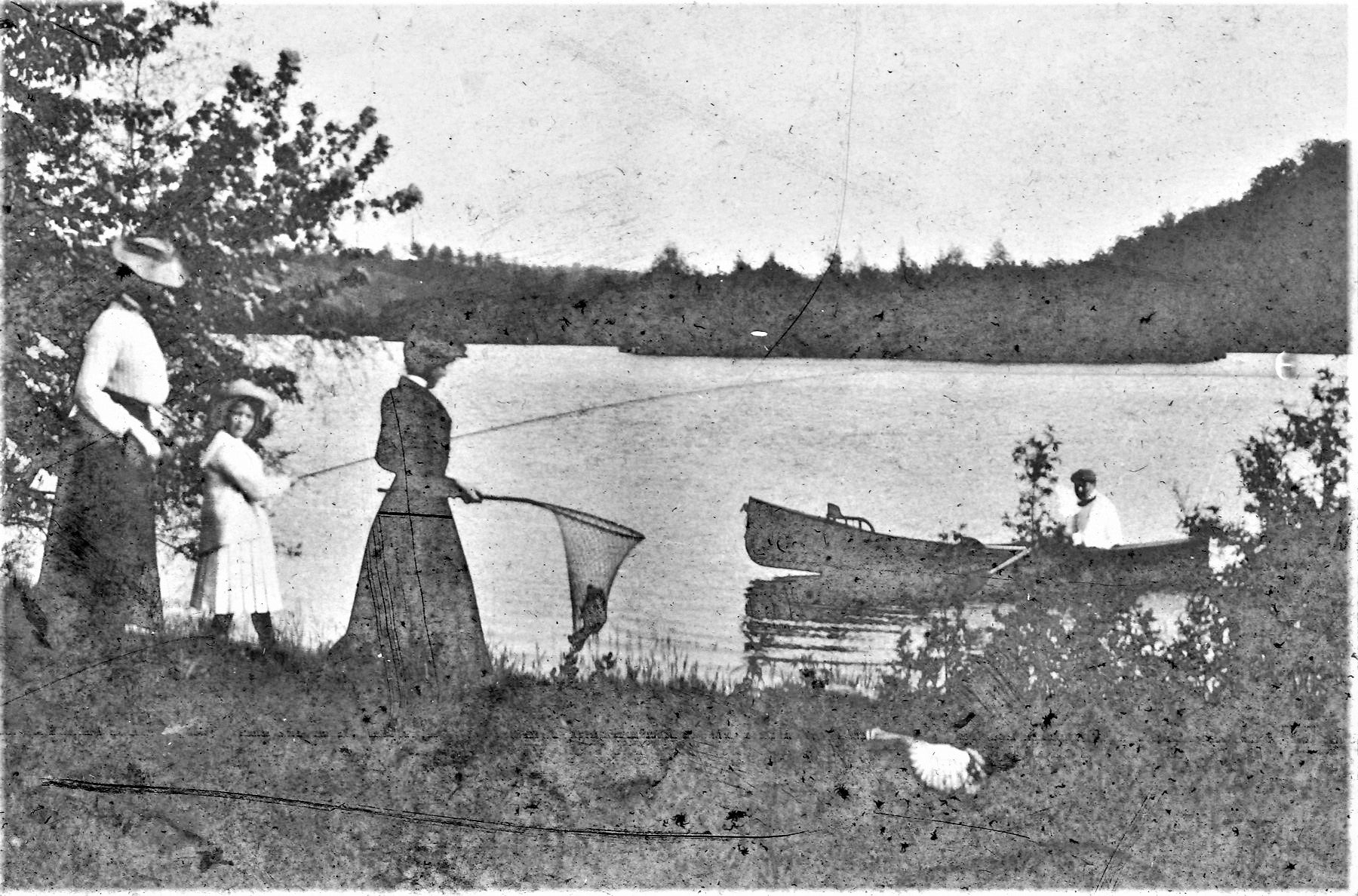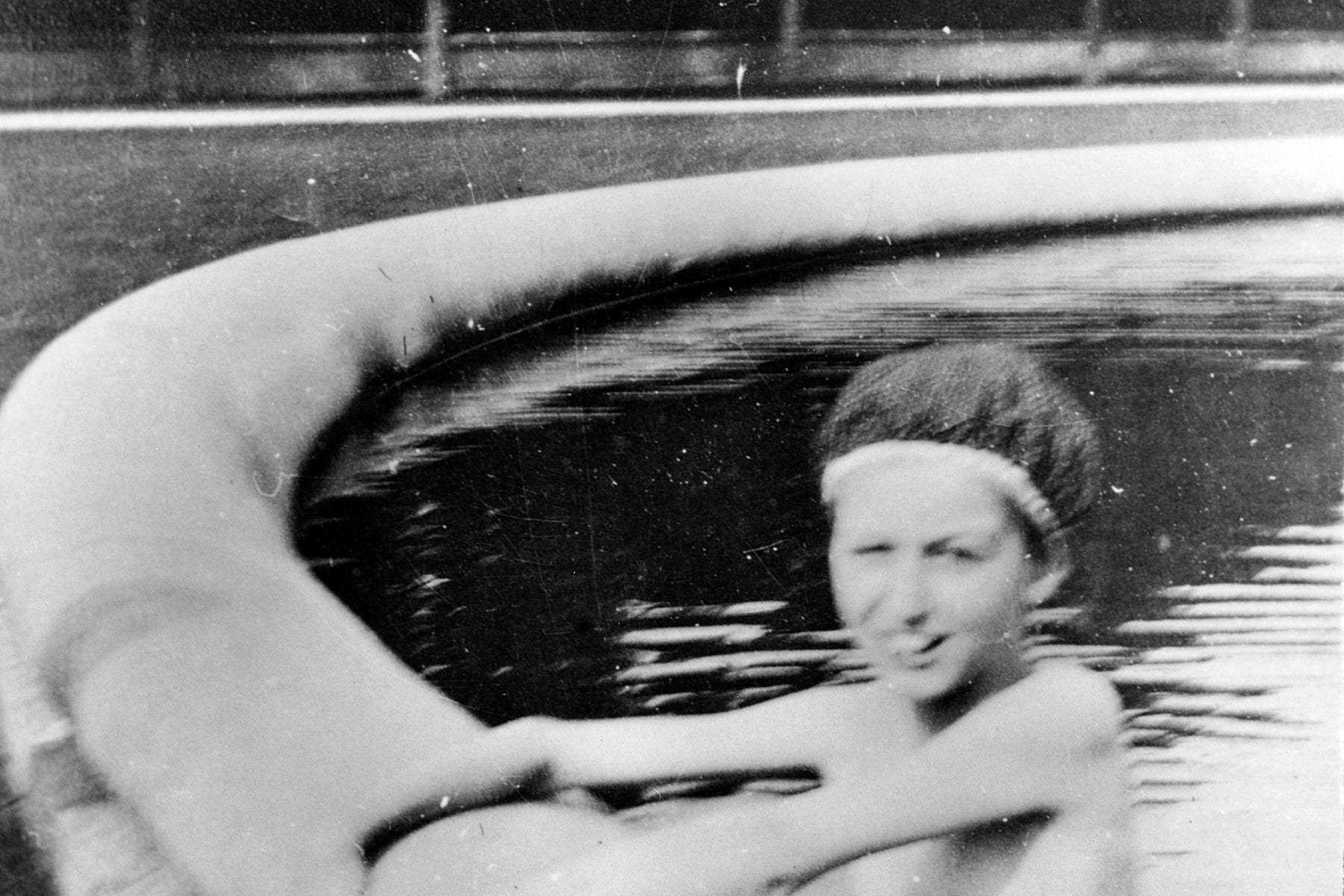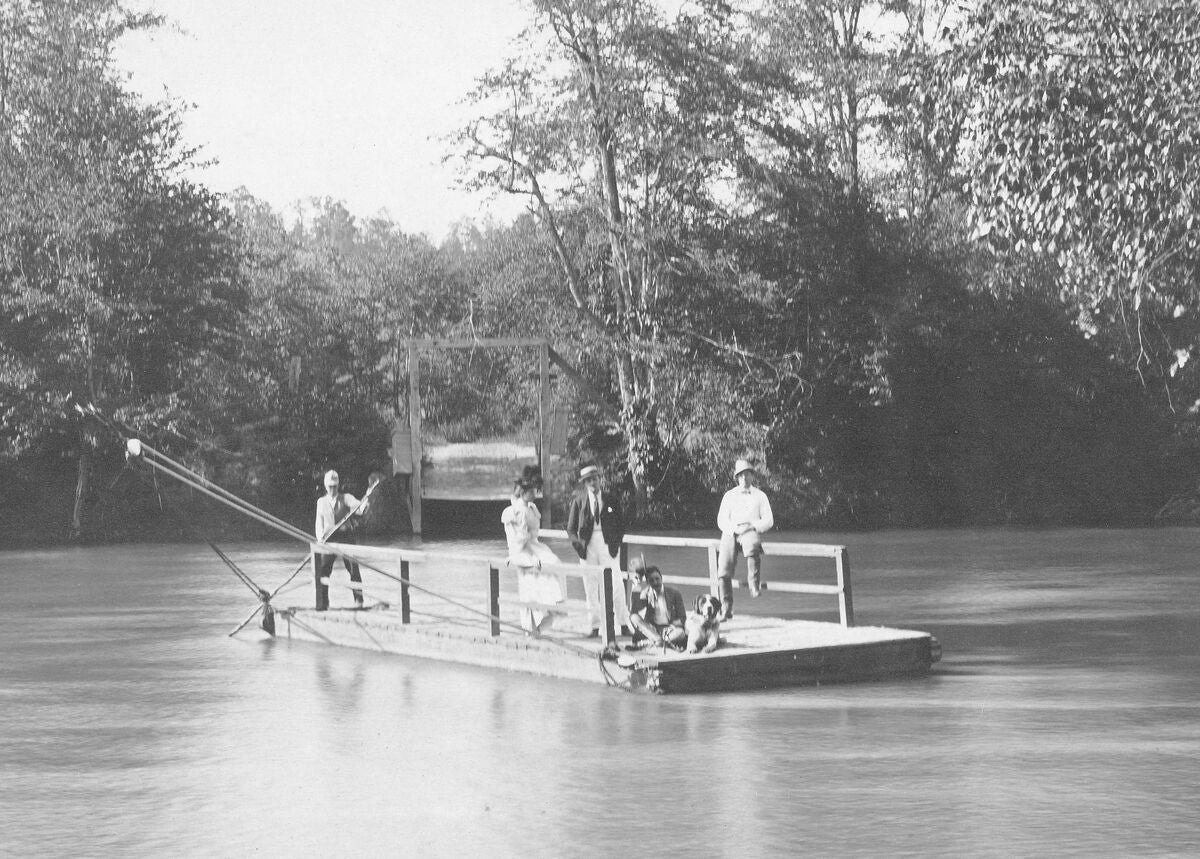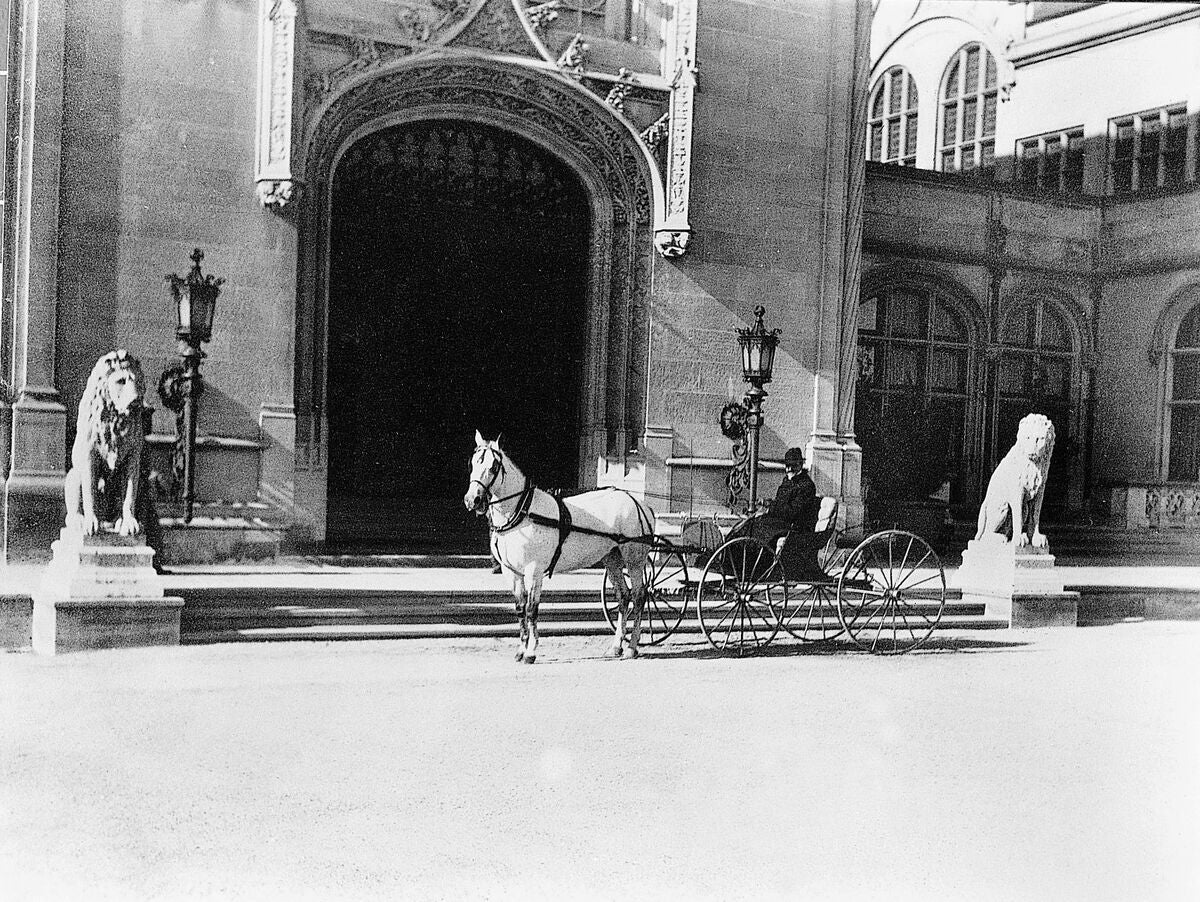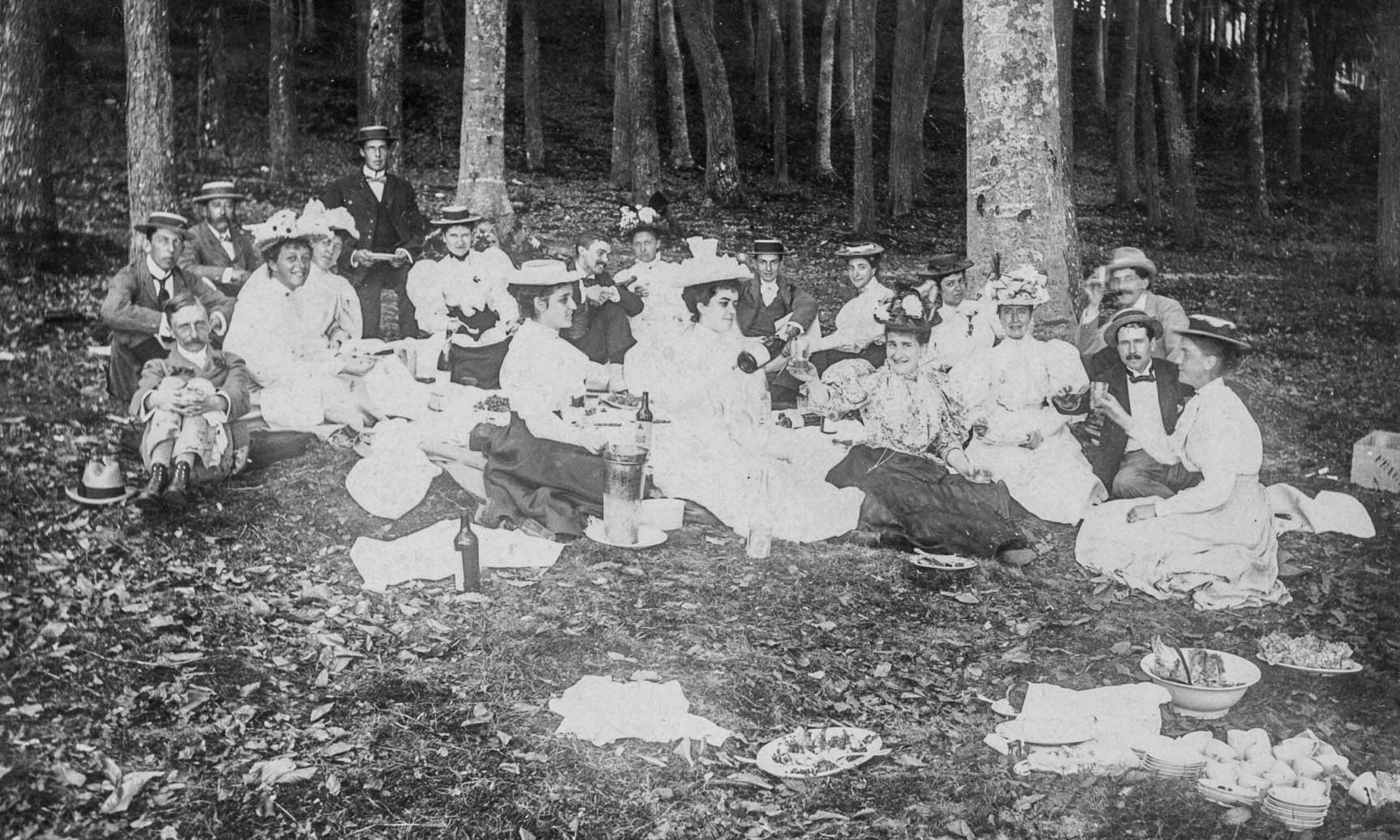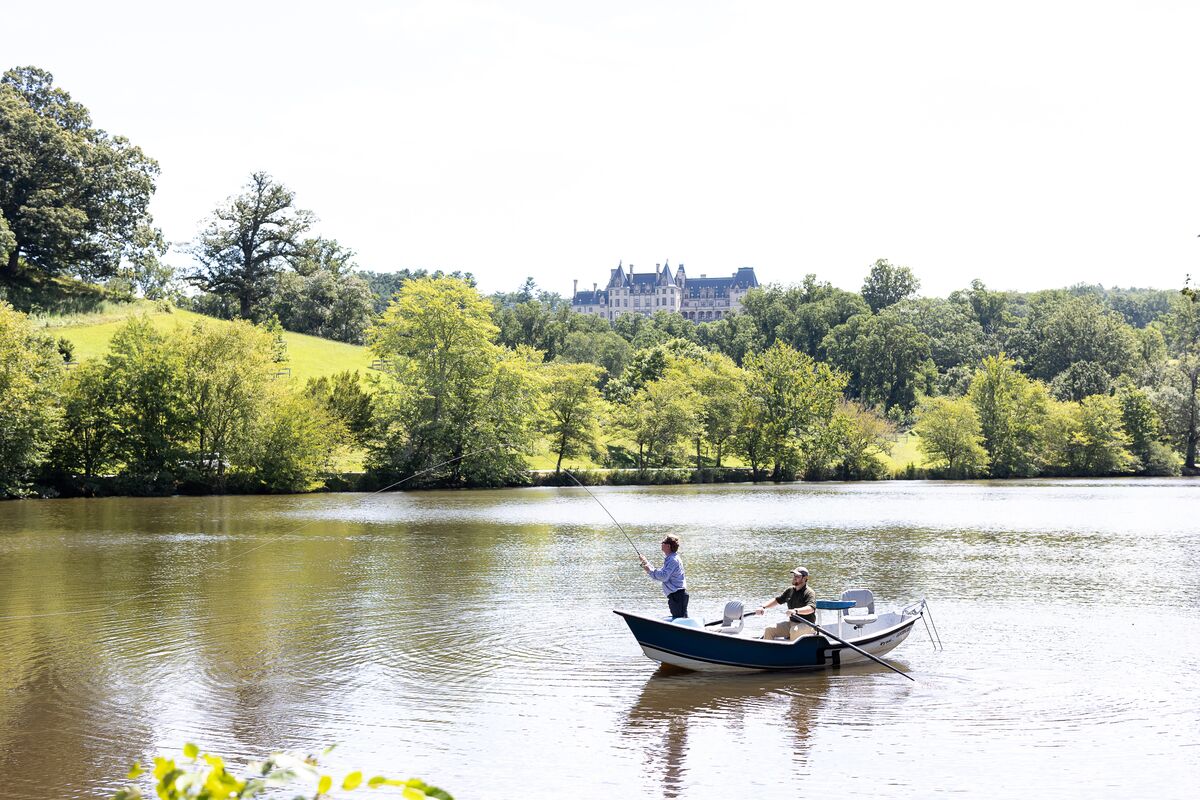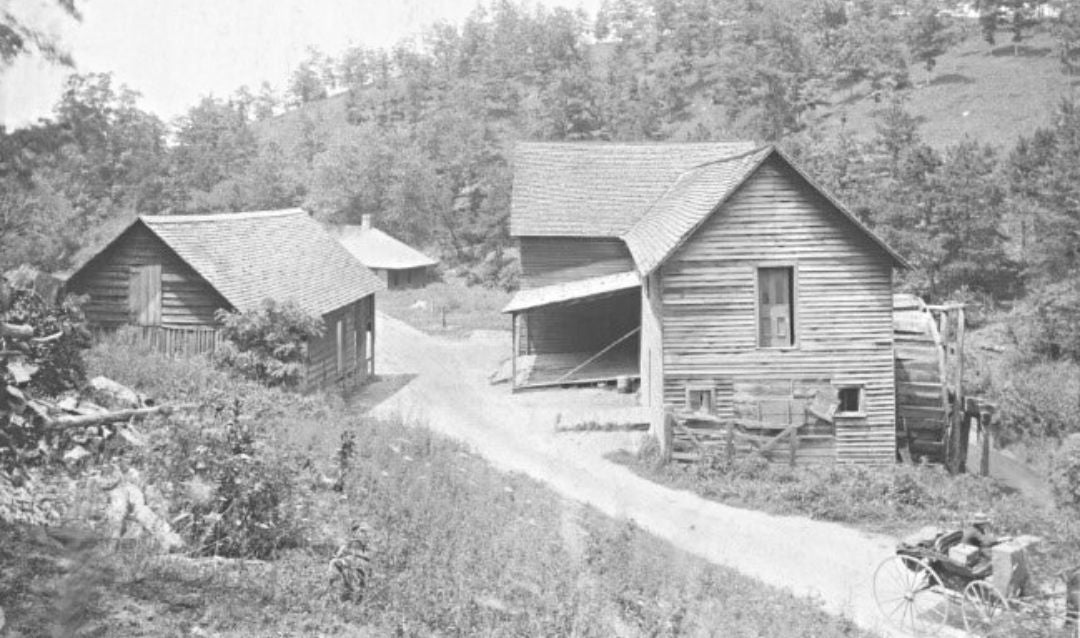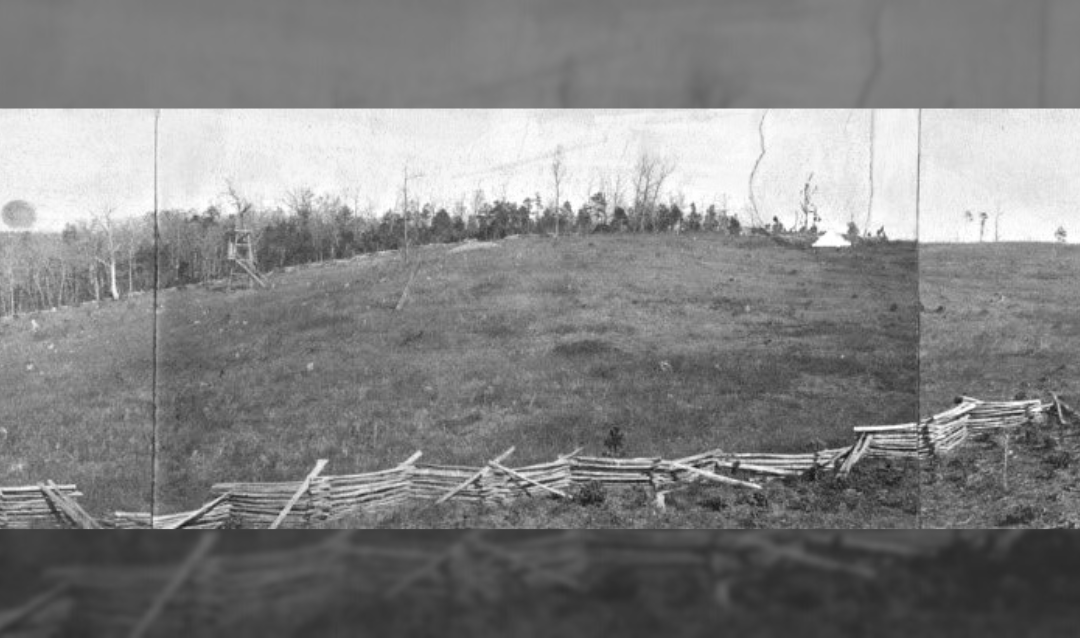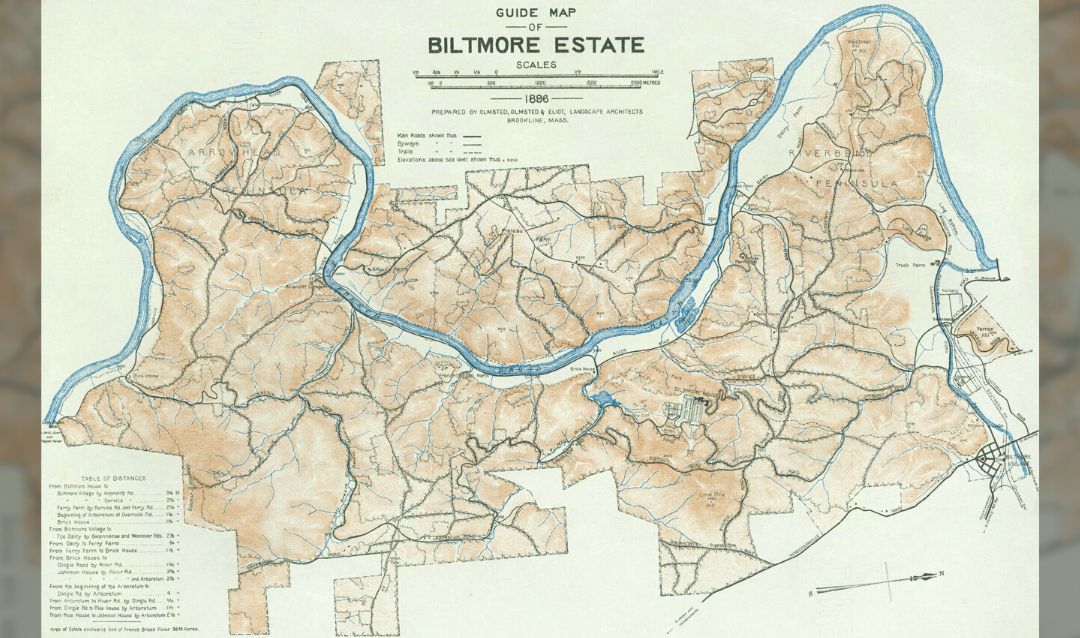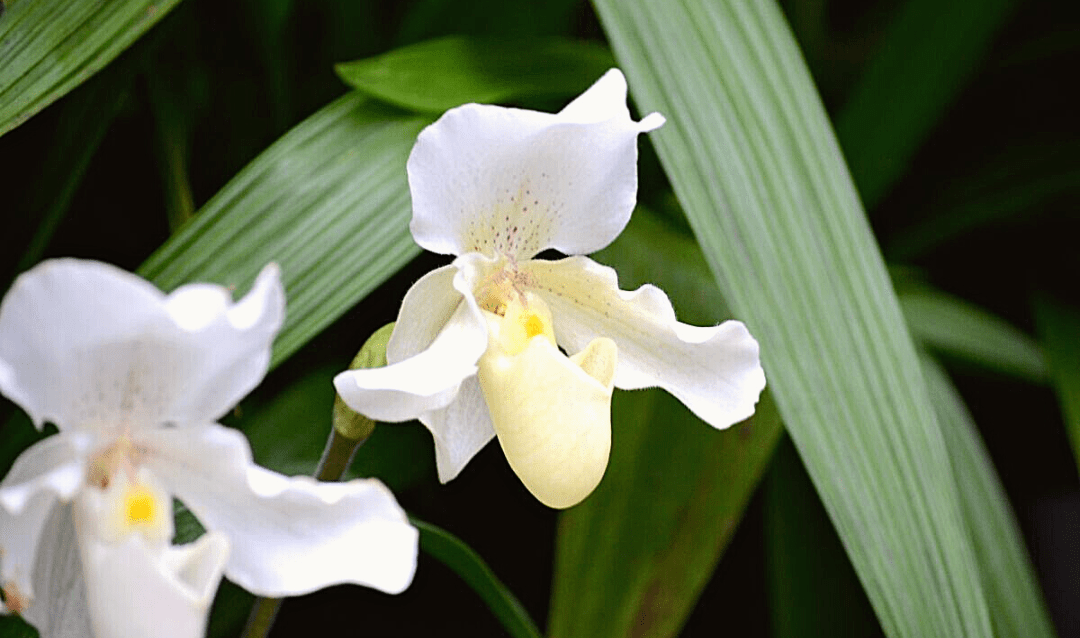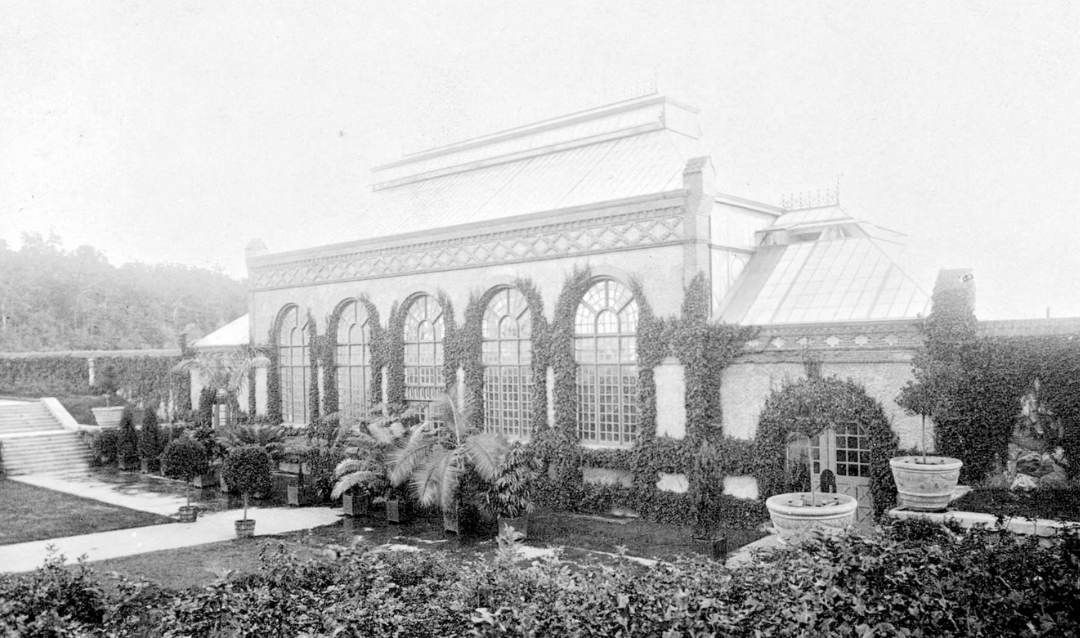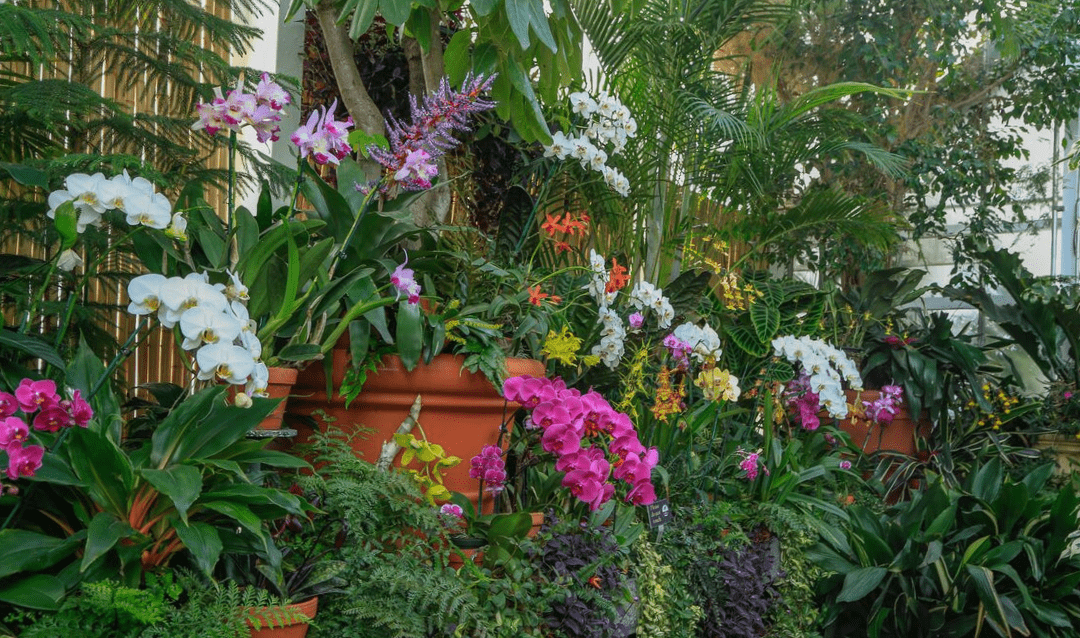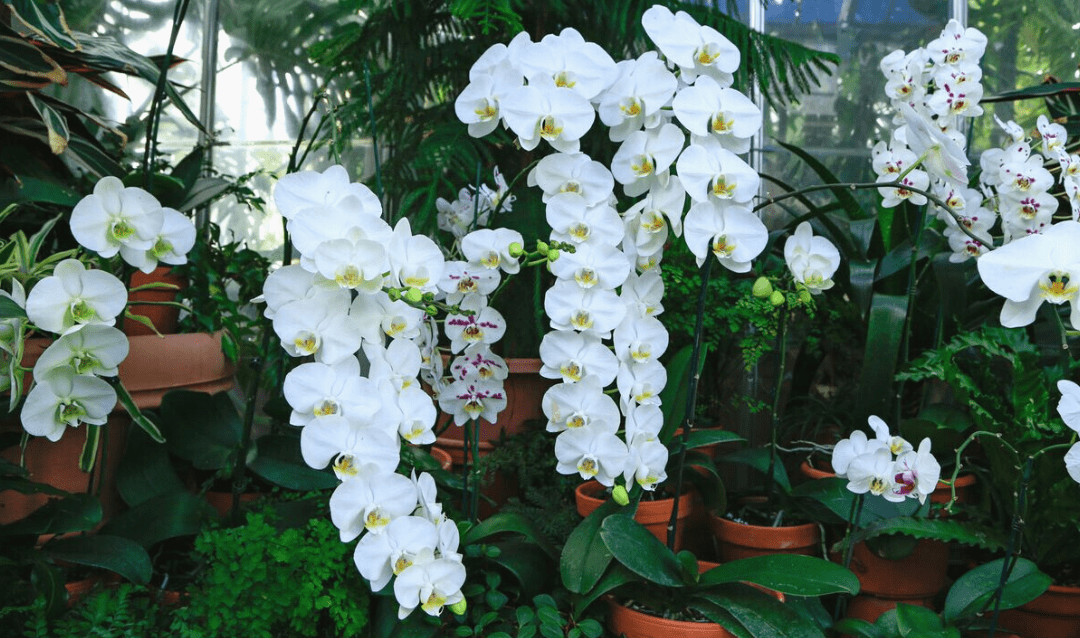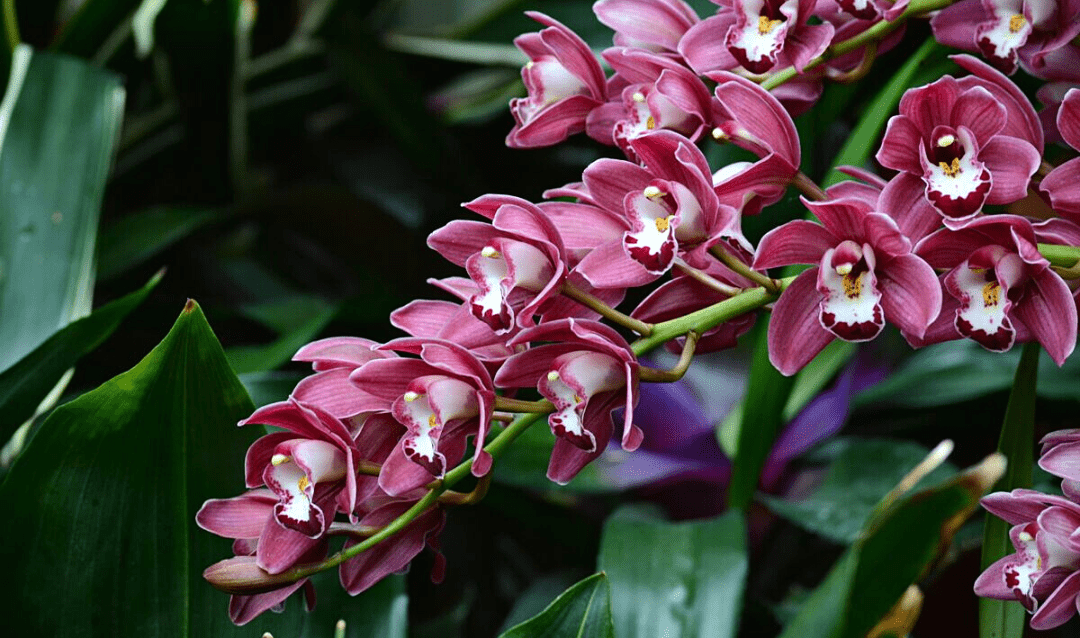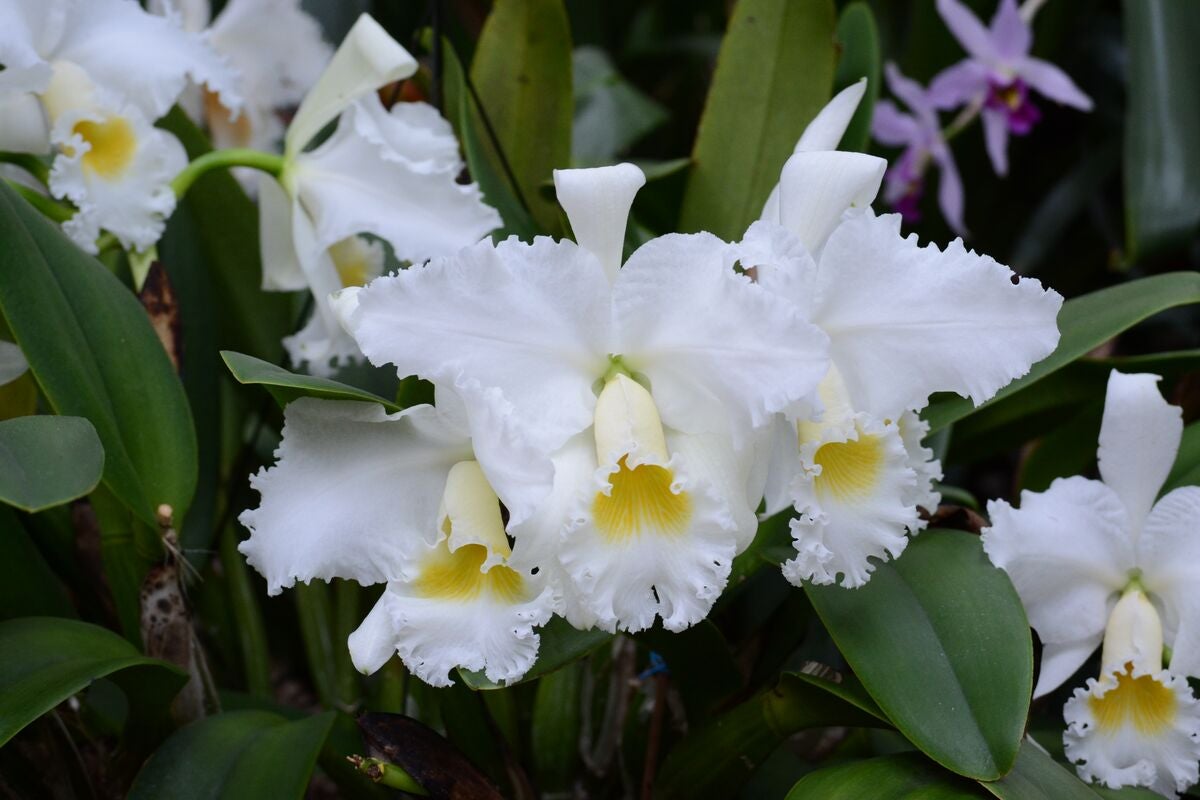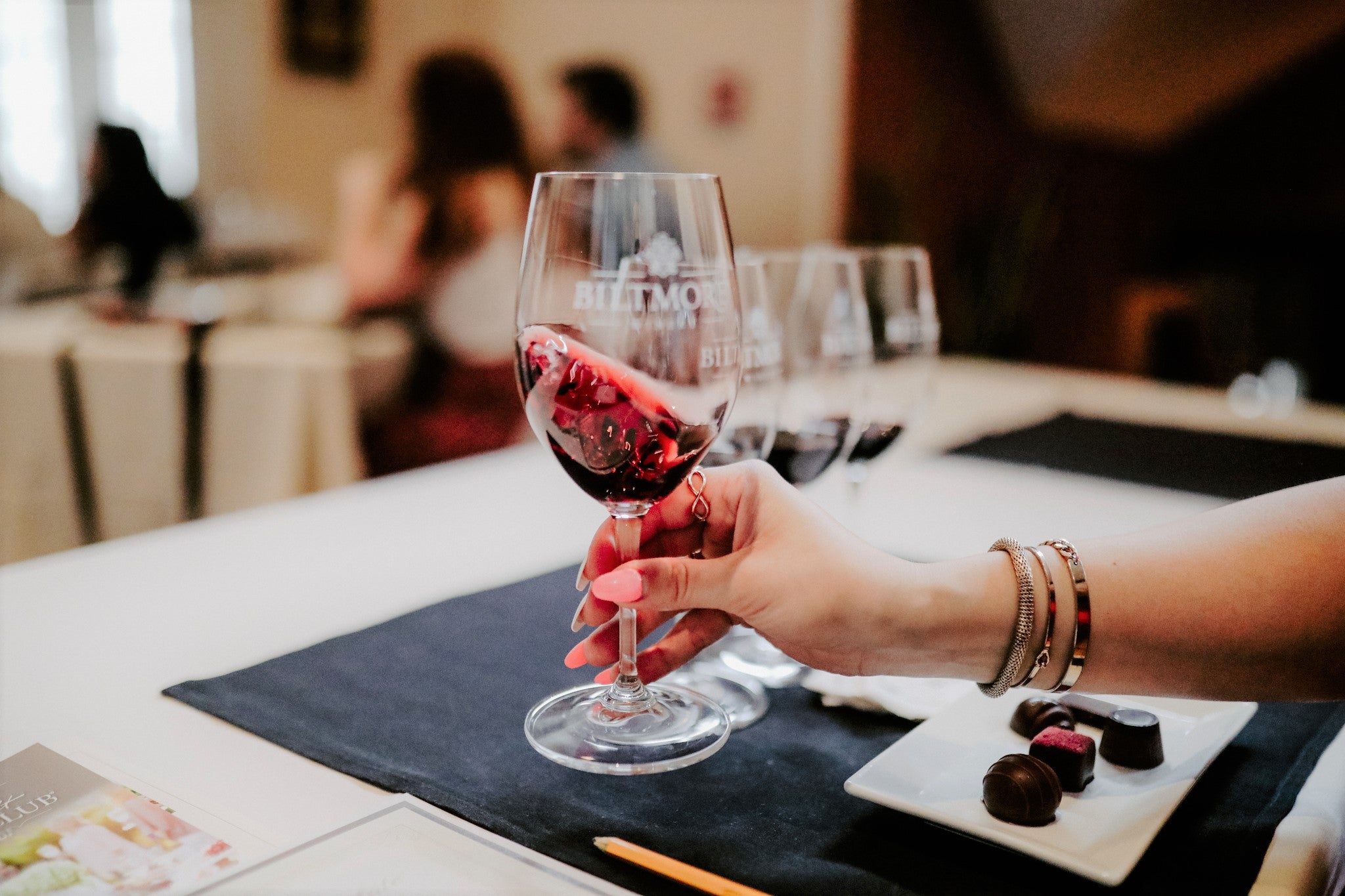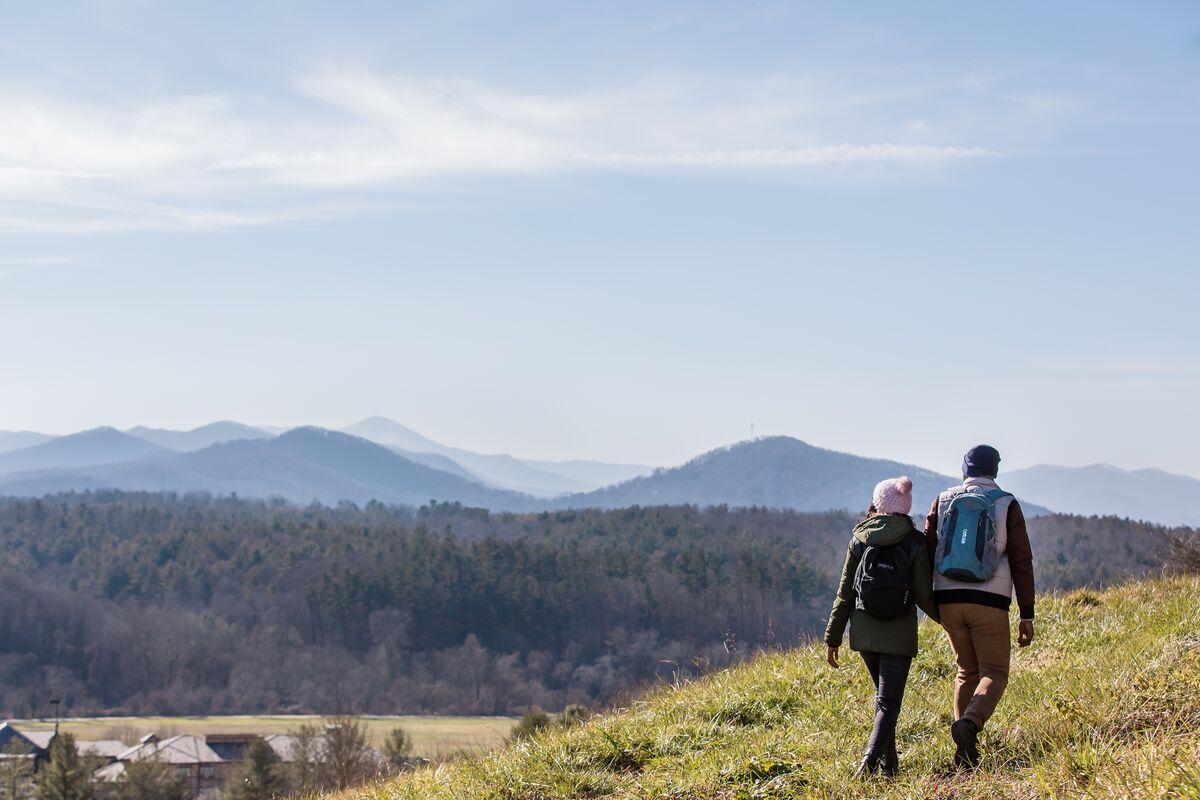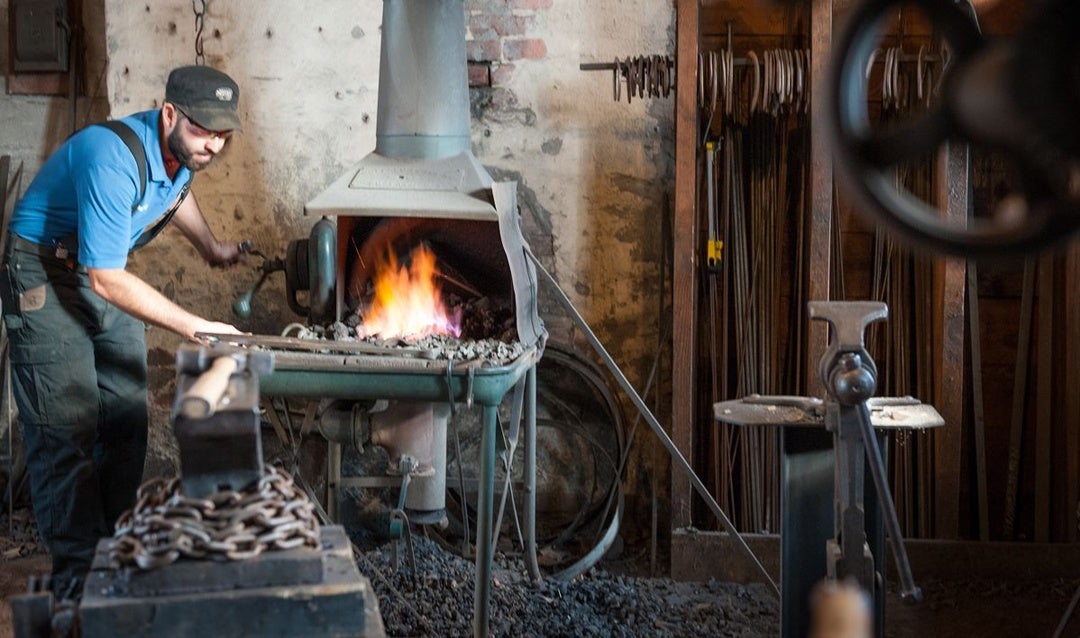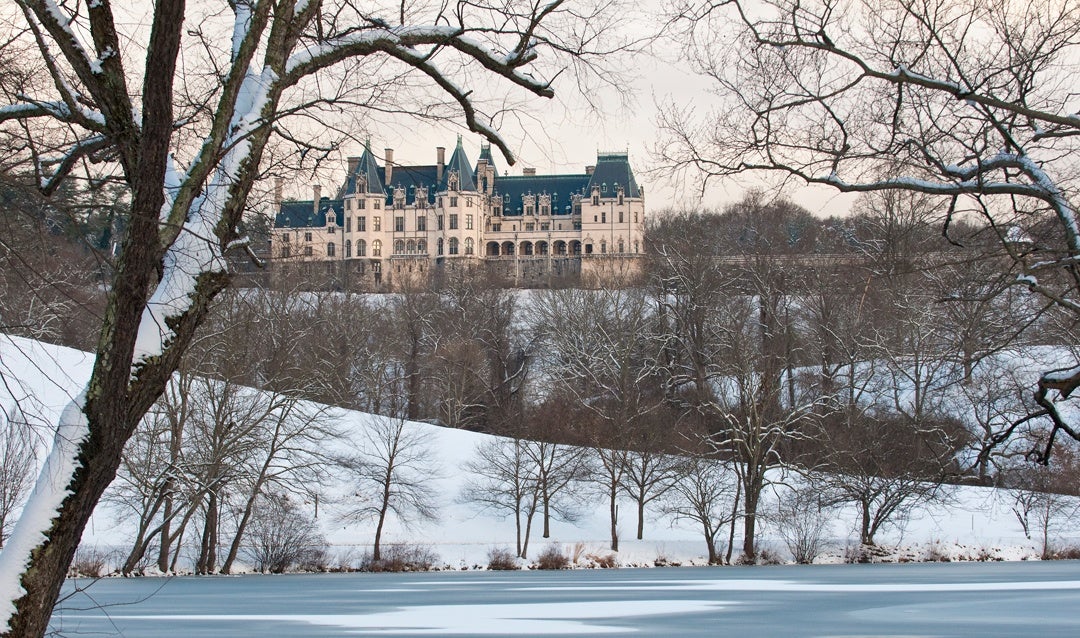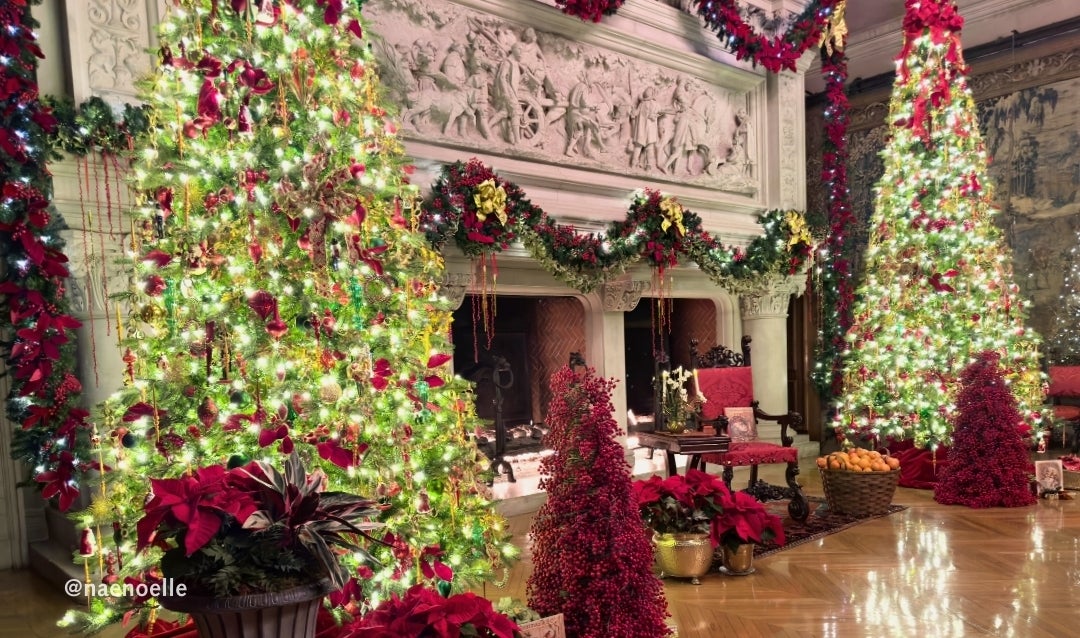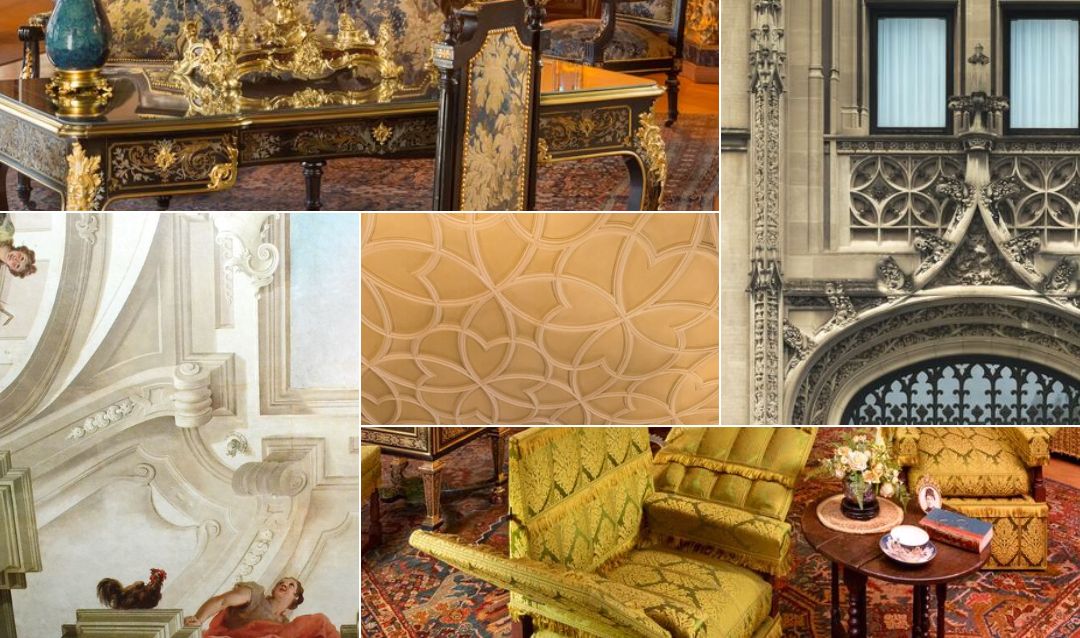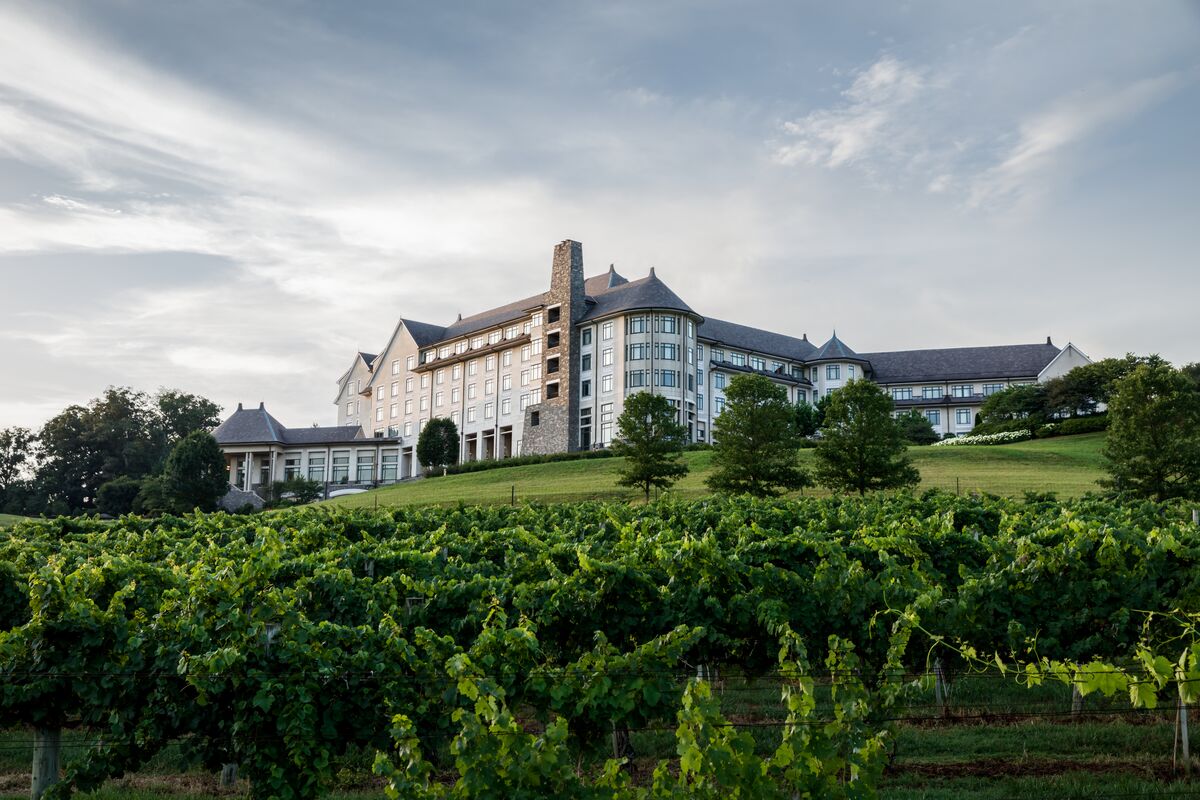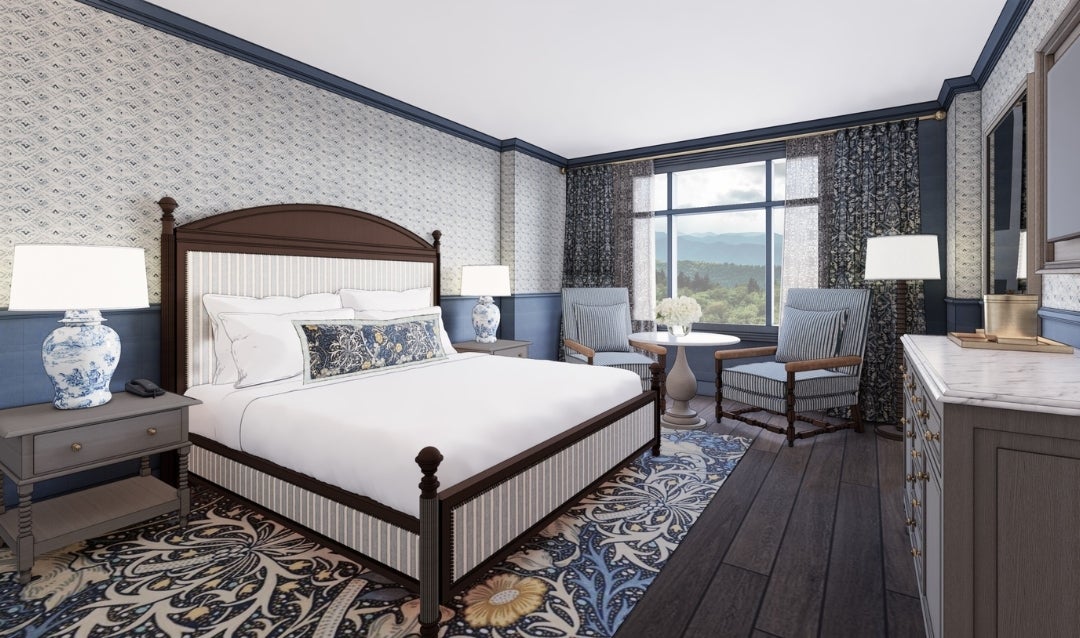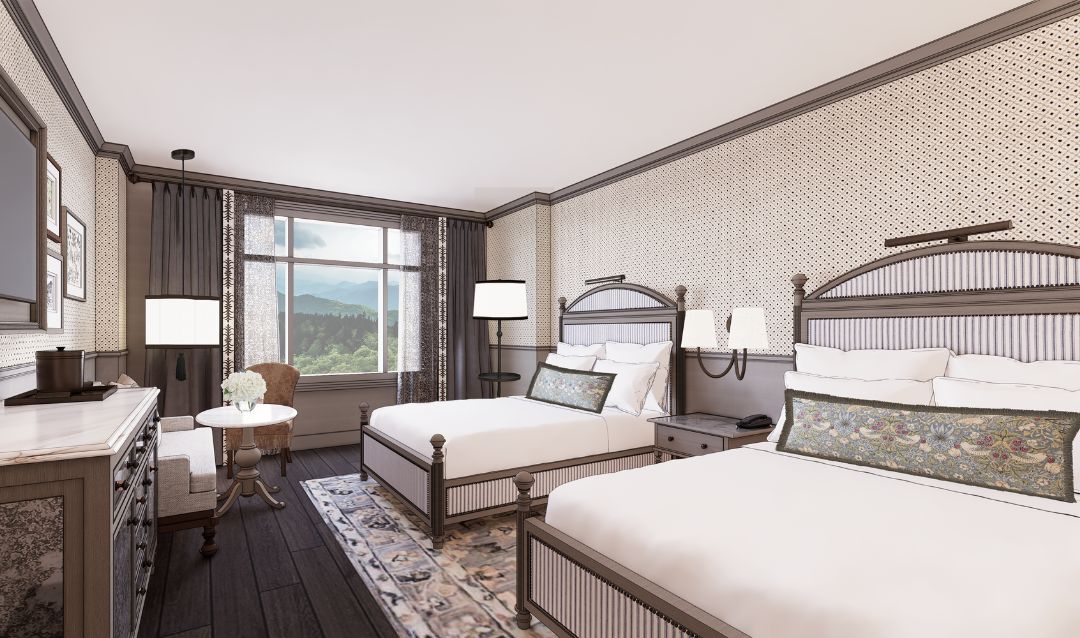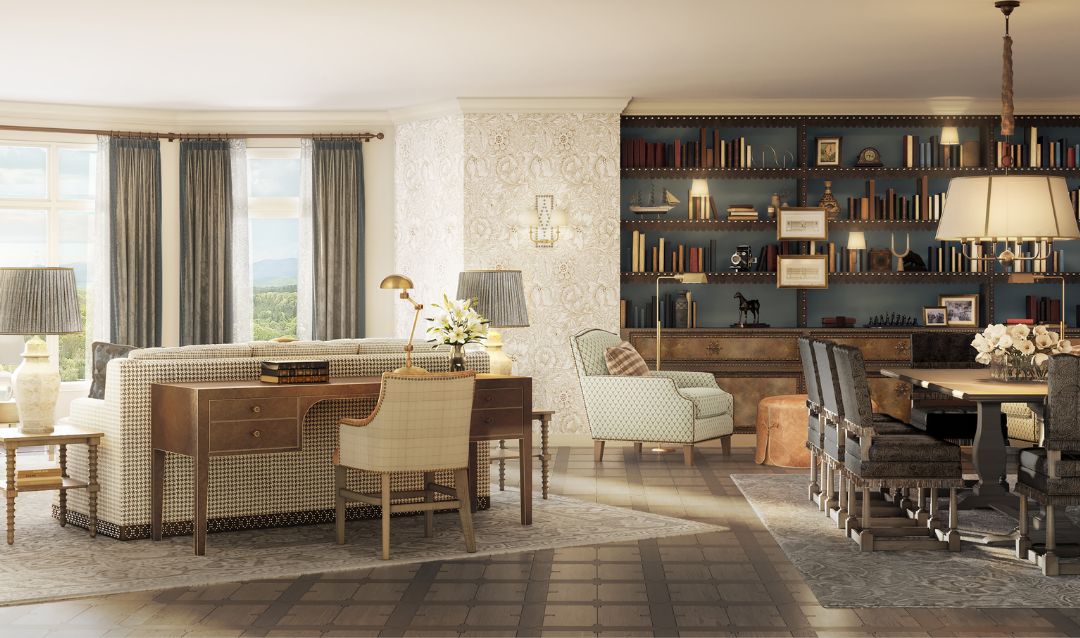From exploring the grand halls of our historic chateau to savoring our handcrafted wines, there’s something for everyone to enjoy at Biltmore. With so many options to explore, we recommend making the most of your visit by planning to spend two (or more!) full days on Biltmore Estate.
This flexible Biltmore visit itinerary is designed to be easily tailored based on your preferences, reservation times, and our current activities and events, allowing you to focus on having fun on our 8,000-acre estate.

Discover the spellbinding world of Dale Chihuly’s iconic artwork on display during Chihuly at Biltmore. (Dale Chihuly Serpentine Green Icicle Towers (detail), 2015 13 x 8 x 5′ Biltmore, Asheville, North Carolina, installed 2024 © 2024 Chihuly Studio. All rights reserved.)
How to Spend Two Full Days at Biltmore
For a leisurely and immersive visit to Biltmore, we recommend spreading your experiences across at least two full days where you will have more time (and energy) to truly soak in all that Biltmore has to offer.
Tip: Select ticket types include free next-day access to explore the estate’s gardens and grounds, visit the Winery, or add on guided experiences. Be sure to check your admission type or overnight package for this perk and plan to come back the next day to take advantage of even more time to explore the estate.
DAY ONE
🏰 Morning: Biltmore House (1.5 to 2 hours)
Step into the grandeur of America’s Largest Home, Biltmore House, while learning about the history, the fine art and furnishings, and of course, the people, behind this Gilded Age masterpiece. With our Biltmore House tours, you’ll have the opportunity to discover the home and stories through our complimentary Audio Guide or take a deep dive into one of our fascinating expert-guided tours based on your interests.
Tip: Advanced reservations are required for all Biltmore House visits. If your reservation is in the afternoon or early evening, you may choose to explore the Gardens or Antler Hill Village first!
🥗 Mid-day: Lunch at an Estate Restaurant (1 to 1.5 hours)
Savor a delightful field-to-table meal at one of Biltmore’s distinctive restaurants, including Stable Café, Cedric’s Tavern, Bistro, or Village Social. If casual grab-and-go or picnic is more your style, be sure to stop by Courtyard Market, the Bake Shop, Biltmore Dairy Bar, or the Smokehouse food truck in Antler Hill Village. Fine dining is available at our four-star Dining Room at The Inn.
Tip: Reservations are highly recommended.
🎟️ Afternoon: Chihuly at Biltmore exhibition (1.5 to 2 hours)
On display in the galleries of Amherst at Deerpark® until January 5, 2025, this awe-inspiring exhibition features 33 different artworks, including pedestal works, Drawings, and large-scale installations of Chandeliers, Towers, Mille Fiori, and Neon by world-renowned artist Dale Chihuly.
In addition to the awe-inspiring installations in Amherst, you’ll have the opportunity to marvel at two large-scale installations presented on estate grounds: A Winter White and Glacier Blue Tower on the East Terrace in front of Biltmore House and a freestanding Torchlight Chandelier at the Entry Green in Antler Hill Village.
Tip: Access is included with select admission types, including our “best value” House, Exhibit, and & 2-Day Grounds ticket bundle and special overnight packages. You may visit at your reserved entry time selected during the purchase process. If your reserved Chihuly at Biltmore entry time is in the morning, we recommend choosing to have your reserved Biltmore House visit in the afternoon.
DAY TWO
🧭 Morning: Guided Experience (1.5 to 2 hours)
Choose from a variety of expert-guided tours and experiences to help make your visit to Biltmore even more memorable! Consider upgrading your visit to include expert-led tours to rarely accessed areas of Biltmore House, guided (or self-guided) outdoor adventures through our historic landscapes, or even a guided wine tasting featuring locally made chocolate pairings.
Tip: Select ticket types and overnight packages include exclusive guided tours of Biltmore House!
🌷 Afternoon: Gardens and Conservatory (1 to 2 hours)
Spend time finding your new favorite flower and indulging your senses with a visit to Biltmore’s historic gardens and glass-ceilinged Conservatory. Admire the meticulously maintained historic greenhouses filled with tropical plants year-round.
Tip: Select ticket types include free next-day access to explore the estate’s gardens and grounds, visit the Winery, or add on guided experiences.
🥂 Late afternoon to evening: Antler Hill Village and Winery (2+ hours)
Stop by our award-winning winery to toast two fun-filled days at Biltmore with one of our handcrafted estate wines! Linger into the evening in Antler Hill Village where you can shop for unique gifts, such as gourmet treats, wines, and the perfect mementos, learn about the Vanderbilt family and their life at home and abroad at The Biltmore Legacy, and savor field-to-table dining.
Tip: If you’re traveling with small children, be sure to visit Pisgah Playground, the Farmyard, and Antler Hill Barn for educational fun for all ages.
Jump back to the top
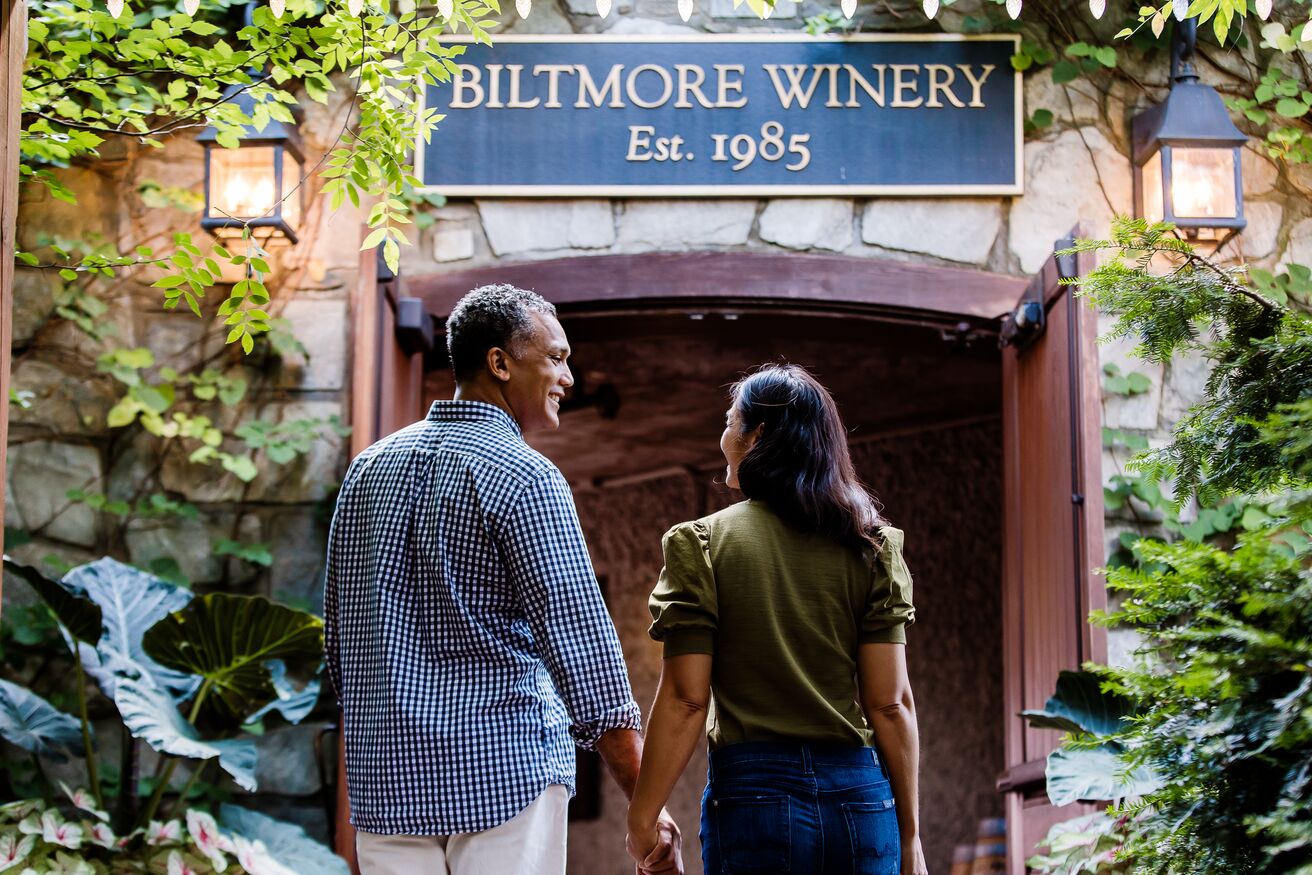
Whether you’re a wine connoisseur or want to experience your first wine tasting, be sure to stop by our estate Winery.
How to Spend One Full Day at Biltmore
If you only have one day to explore our historic estate, here’s what we recommend prioritizing for an action-packed way to experience all that is included in your Biltmore admission.
Tip: Select ticket types include free next-day access to explore the estate’s gardens and grounds, visit the Winery, or add on guided experiences. Be sure to check your admission type or overnight package for this perk and plan to come back the next day to take advantage of even more time to explore the estate.
🏰 Morning: Biltmore House (1.5 to 2 hours)
Step into the grandeur of America’s Largest Home, Biltmore House, while learning about the history, the fine art and furnishings, and of course, the people, behind this Gilded Age masterpiece. With our Biltmore House tours, you’ll have the opportunity to discover the home and stories through our complimentary Audio Guide or take a deep dive into one of our fascinating expert-guided tours based on your interests.
Tip: Advanced reservations are required for all Biltmore House visits. If your reservation is in the afternoon or early evening, you may choose to explore the Gardens or Antler Hill Village first!
🌷 Mid to late morning: Gardens and Conservatory (1 to 2 hours)
Find your new favorite flower and indulge your senses with a visit to Biltmore’s historic gardens and glass-ceilinged Conservatory. Admire the meticulously maintained historic greenhouses filled with tropical plants year-round.
Tip: Select ticket types include free next-day access to explore the estate’s gardens and grounds, visit the Winery, or add on guided experiences.
🥗 Mid-day: Lunch at an Estate Restaurant (1 to 1.5 hours)
Savor a delightful field-to-table meal at one of Biltmore’s distinctive restaurants, including Stable Café, Cedric’s Tavern, Bistro, or Village Social. If casual grab-and-go or picnic is more your style, be sure to stop by Courtyard Market, the Bake Shop, Biltmore Dairy Bar, or the Smokehouse food truck in Antler Hill Village. Fine dining is available at our four-star Dining Room at The Inn.
Tip: Reservations are highly recommended.
🎟️ Early afternoon: Chihuly at Biltmore exhibition (1.5 to 2 hours)
On display in the galleries of Amherst at Deerpark® until January 5, 2025, this awe-inspiring exhibition features 33 different artworks, including pedestal works, Drawings, and large-scale installations of Chandeliers, Towers, Mille Fiori, and Neon by world-renowned artist Dale Chihuly.
In addition to the awe-inspiring installations in Amherst, you’ll have the opportunity to marvel at two large-scale installations presented on estate grounds: A Winter White and Glacier Blue Tower on the East Terrace in front of Biltmore House and a freestanding Torchlight Chandelier at the Entry Green in Antler Hill Village.
Tip: Access is included with select admission types, including our “best value” House, Exhibit, and & 2-Day Grounds ticket bundle and special overnight packages. You may visit at your reserved entry time selected during the purchase process. If your reserved Chihuly at Biltmore entry time is in the morning, we recommend choosing to have your reserved Biltmore House visit in the afternoon.
🥂 Late afternoon to evening: Antler Hill Village and Winery (2+ hours)
Stop by our award-winning winery to toast a fun-filled day with one of Biltmore’s handcrafted estate wines! Linger into the evening in Antler Hill Village where you can shop for unique gifts, such as gourmet treats, wines, and the perfect mementos, or learn about the Vanderbilt family and their life at home and abroad at The Biltmore Legacy, and savor field-to-table dining.
Tip: If you’re traveling with small children, be sure to visit Pisgah Playground, the Farmyard, and Antler Hill Barn for educational fun for all ages.
Jump back to the top
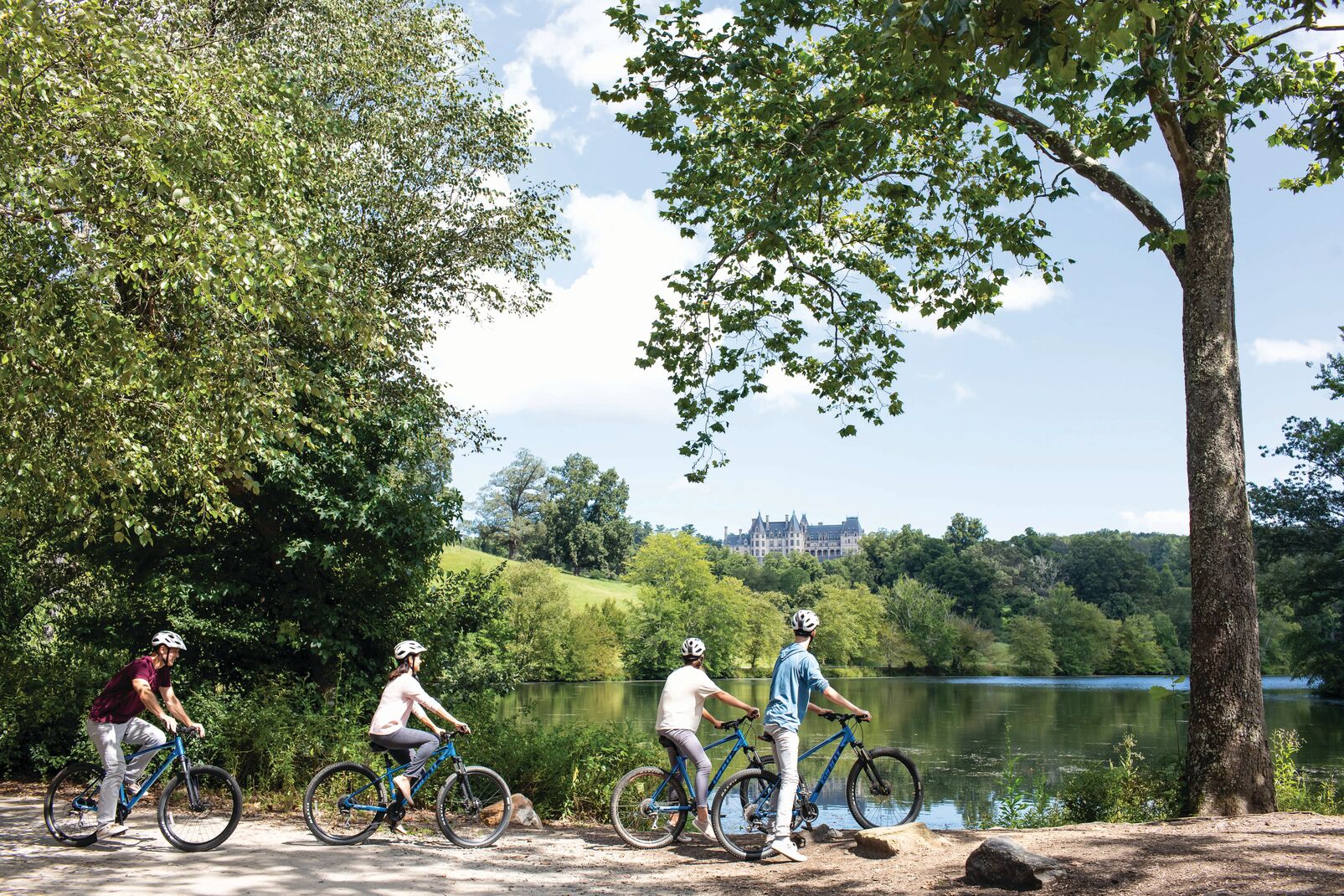
Take advantage of all that Biltmore Estate in Asheville, NC, has to offer for the whole family!
Additional Biltmore Visit-Planning Tips:
Below are a few additional tips for your Biltmore visit itinerary. For even more helpful information to help you prepare for your Biltmore Estate visit, we recommend exploring our Visitor Information site section.
- Plan Ahead: Don’t wait to purchase your Biltmore admission or special overnight packages to secure your preferred dates and times!
- Getting Around the Estate: Many guests underestimate the vast size of Biltmore Estate. With miles between points of interest, we recommend allowing your party at least 30 minutes for travel and parking between estate locations. For helpful guidance on estate accessibility, please explore our Help Center.
- Dress Comfortably: Wear comfortable shoes and dress in layers appropriate for the season and the types of activities you plan to do during your visit, especially if you opt to participate in any outdoor adventure activities.
- Watch the Weather: The weather in our region can change quickly, which may result in unexpected temporary closures of our trails or outdoor activities during severe weather. We appreciate your understanding!
- Make it a Getaway: With so much to experience, treat yourself and your loved ones to a memorable getaway with an overnight stay on Biltmore Estate. Beginning February 2024, we’re excited to offer a new exclusive Biltmore House admission benefit for overnight guests: House Length of Stay access! Book an overnight package or stay that includes Biltmore House admission to enjoy a daytime visit to Biltmore House with an audio guide at your leisure and as often as you would like during the length of your stay, no reservation necessary!
- Make the Most of Your Experience: All Biltmore admission types include access to explore Antler Hill Village & Winery and our historic gardens and grounds. Explore ticket types that include access to Biltmore House, an exclusive 90-minute guided tour, Chihuly at Biltmore (March 25, 2024–January 5, 2025), free next-day grounds access, and more! Additional add-on experiences, such as guided outdoor activities, are available as well.
- Don’t Forget Your Mementos: Visit our exclusive estate shops to find unique gifts and gourmet treats, like award-winning Biltmore Wines or honey from our estate beehives, to bring the Biltmore legacy home with you.
- Find More Tips: For even more guidance on what activities you might want to consider during your Biltmore visit for family fun, outdoor adventure, or food and wine, be sure to check our Itineraries page.
Jump back to the top
Ready to experience all that Biltmore has to offer? Reserve your visit.
